
Diatomaceous Earth—What is it and What’s it Good For?
Shop Natural Horse Supplements
Diatomaceous earth consists of the fossilized microscopic exoskeletons of diatoms, single-celled algae marine plants. It is mined from dried or underwater lake and sea beds. The fossilized remains are ground into what looks like a plain white fine powder (something like baking powder), but under a microscope, the tiny particles look like shards of glass. Different grades of diatomaceous earth are used for different purposes; some are altered, such as the diatomaceous earth for pool filters. Only food-grade diatomaceous earth should be taken internally by humans or animals.
The health benefits of Diatomaceous Earth stems from its high silica content. There are two main types of silica or silicon dioxide and consequently two types of D.E.:
- Amorphous silica – a non-toxic version used to make food-grade Diatomaceous Earth. The food-grade DE is appropriate for internal and external use in people and pets.
- Crystalline silica – a toxic version used in filter-grade Diatomaceous Earth. The filter-grade DE is an important cleaning method found in pool filters.
The FDA has rated diatomaceous earth as a "Generally Recognized as Safe," or GRAS substance, specifically when it is used as part of a food-filtering process. One of diatomaceous earth’s most common uses is as an anti-caking agent or flow aid in agricultural feed. It can be used in grain storage as nontoxic protection against insects that typically infest grain; it can be eaten with the grain or flour, providing trace minerals. When wet grain, corn, and other types of feed are stored, they often stick and clump together. Food grade diatomaceous earth is added to the feed to absorb moisture and prevent the feed from sticking or caking together. Agricultural feed is often pressed into pellets and diatomaceous earth works as a good pelleting aid and helps the feed maintain its shape.
Diatomaceous earth contains a variety of trace minerals, including silica, magnesium, calcium, sodium, iron and selenium. Diatomaceous earth is made mostly of silica and silica is necessary for other minerals to be properly absorbed by your body and it aids in other body processes as well. Diatomaceous earth’s microscopic structure resembles tiny little scrubbers making it a perfect, natural abrasive and exfoliant as well as an effective internal cleanser.
Diatomaceous Earth Use in People
According to Vitale Therapeutics, diatomaceous earth is used to remove toxins and heavy metals such as lead from the body. It passes inertly through your digestive tract and carries away mercury, lead, pesticide residues and other toxins. It can also absorb some drugs, so it should be used with caution if you take medication regularly. Consult with your physician before using diatomaceous earth.
The fossilized exoskeletons that make up diatomaceous earth have razor-sharp edges. They do not affect the digestive tract, but they do cause physical damage to any parasites that may be present. When used as part of a detox cleanse, diatomaceous earth is said to help rid the body of parasites while it absorbs and removes toxins and provides trace minerals. These actions can all help boost the immune system. If you are interested in using diatomaceous earth, speak with your health-care provider first.
Taking diatomaceous earth can also help your body regulate cholesterol levels. A 1998 study by H. Wachter and colleagues at the University of Innsbruck, Austria, published in the "European Journal of Medical Research," monitored the serum lipid concentrations of 19 subjects, ages 35 to 67, over 12 weeks. The study subjects took diatomaceous earth three times a day over an eight-week period while their blood cholesterol levels were measured. In each subject, the LDL and triglyceride levels were lowered and the HDL levels increased.
Diatomaceous Earth Use in Horses
In addition to its use as an anti-caking agent in grain mixes, diatomaceous earth can be used to care for your horses in several ways. First, it is a natural insecticide. Diatomaceous earth is exceptionally porous making it effective for drying out wet places. When diatomaceous earth is mined and processed it is ground into a powder. Spreading diatomaceous earth in areas of your barn where moisture collects can dry out breeding beds where many pests reproduce. Fly larvae are especially susceptible to diatomaceous earth. Diatomaceous earth can also be applied on your barn floors and in nooks and crannies as a preventative measure. After mucking your stalls, spread diatomaceous earth to keep your barn dry and pest free.
Additionally, spreading diatomaceous earth around your barn will cause pests to come into contact with the earth’s sharp edges. These sharp edges shred insect exoskeletons. Shredding an insect’s exoskeleton causes it to lose moisture eventually dehydrating it to death. Many horse owners hang burlap sacks full of diatomaceous earth around their barns. Horses can rub against these sacks, coating themselves in the earth which protects against pests on their skin.
Food grade diatomaceous earth may also be used for deworming horses. Food grade diatomaceous earth is the type recommended for consumption. Never feed diatomaceous earth formulated for pool filters. When eaten, very little of the diatomaceous earth is absorbed into the body and the sharp, fine microstructure acts as a scrubbing solution for the digestive tract. As diatomaceous earth works through a horse’s intestines it slices through intestinal worms - killing and shredding them so they may be easily passed out of the digestive system.
Largely dependent on body weight, recommended doses vary for each individual horse. A suggested feeding rate is 1 cup per 1,100# of horse body weight. For deworming, a minimum 60-day treatment plan is suggested. You should check fecal worm counts at least every 30 days. If fecal worm counts do not improve, consider increasing the DE dosage. Similarly, if fecal worm counts do improve, you can consider reducing the dosage. For maintenance, many horse owners continue administering a small dose (1/3 – ½ c) of DE to their horses ration even after deworming has been achieved for the naturally occurring minerals that it contains. Diatomaceous earth has no offensive odor or texture so mixing it directly into your horses’ feed works fine. Horses will eat it without noticing its presence.
Diatomaceous Earth Use in Dogs
Diatomaceous Earth is primarily used in dogs for managing and preventing infestations with external parasites and infections with internal parasites. However, this powerful powder has other health-boosting benefits.
DE is an efficient detox solution while acting as a digestive aid and colon cleanser. Namely, Diatomaceous Earth can absorb harmful substances like methyl mercury, organophosphate pesticide residues, endotoxins, viruses, proteinaceous toxins from intestinal infections like E-coli, and drug residues.
Diatomaceous Earth has absorbing powers and can successfully neutralize odors. You can sprinkle DE if your dog is starting to stink both on its fur and bedding area. Or, if your dog makes an accident, you can use DE on the carpet or couch. Because DE is a natural dehydrator, it’s continued use will dry out your dog’s skin so using a moisturizing shampoo in between DE applications will help maintain proper skin hydration levels.
Diatomaceous Earth can also be fed to dogs for the purpose of eliminating intestinal parasites. This natural substance is believed to be efficient against various types of intestinal worms in dogs, including roundworms, whipworms, and hookworms.
DE is powerful against intestinal worms after seven days of use. However, to achieve full strength efficacy, the supplementation should last for at least 30 days. This is because of the cycling of the worms and the fact that Diatomaceous Earth does not work against eggs.
The Diatomaceous Earth dosage for dogs depends on the method of use and the dog’s body weight. Here are the dosing guidelines when giving dogs DE internally:
- Puppies and small dogs – 1/2 teaspoon per day
- Medium dogs (up to 50 lbs) – 1 tsp per day
- Large dogs (over 50 lbs) – 1 tablespoon per day
- Giant dogs (more than 100 lbs) – 2 tbsp per day
Diatomaceous Earth needs to be served with food – preferably canned or raw. If your dog eats kibbles, make sure you moisten the powder using water or chicken broth. When using the DE externally, there are no strict dosage guidelines – you should use as much as you need to massage the powder into your dog’s fur (if it looks covered with dust, you have probably gone too far). It goes without saying that you need to avoid sensitive parts like the mouth, eyes, and nose.
We should note that although safe for cats, Diatomaceous Earth should not be used externally in felines. The reason is simple – cats love to groom themselves meaning, the entire externally applied DE will end up in the stomach.
So far, there are no known drug interactions of Diatomaceous Earth. However, the general rule implies talking with the vet before giving your dog something new, including natural remedies and supplements.
Diatomaceous Earth Use in Poultry
Diatomaceous Earth is usually used for treating lice and mites (external parasites) in poultry by sprinkling it in the bedding, nest boxes, dust bathing areas. As the chickens shift through the material, the DE comes into contact with the parasites on their skin and kills them. Some people sprinkle the DE directly onto badly infected birds.
As mentioned before, Diatomaceous Earth is made up of tiny microscopic super-sharp shards. It cannot specifically choose which insects and organisms it tears up, however. For people who use the deep bedding method, you are counting on creating a balance of good bacteria and microorganisms as well as bad ones. If you use DE in your deep litter, the shards will cut up and dehydrate the fly predator larvae, earthworms, as well as other good microorganisms. So probably not a good choice for people using the Deep Bedding or Deep Litter Method. DE can be a useful tool for serious mite and louse infections, but it needs to be used carefully. Don’t use constantly as a preventive, keep the area of use as small as possible, and be sure to use a mask when applying it. An herbal alternative to using DE is to sprinkle Clove Powder and/or Thyme Powder in the bedding, nest boxes, roosting areas, and dust bath areas.
In the overall environment, DE will kill any insects that come into contact with it such as the beneficial bees and butterflies that are attracted to your animal living situations. Xerces Society lists DE as highly toxic to beneficial insects, so keep this in mind when treating any areas of your barn, stable, kennels and poultry yards so as not to overtly expose and harm the beneficial insects that we all rely on for pollination and natural pest control.



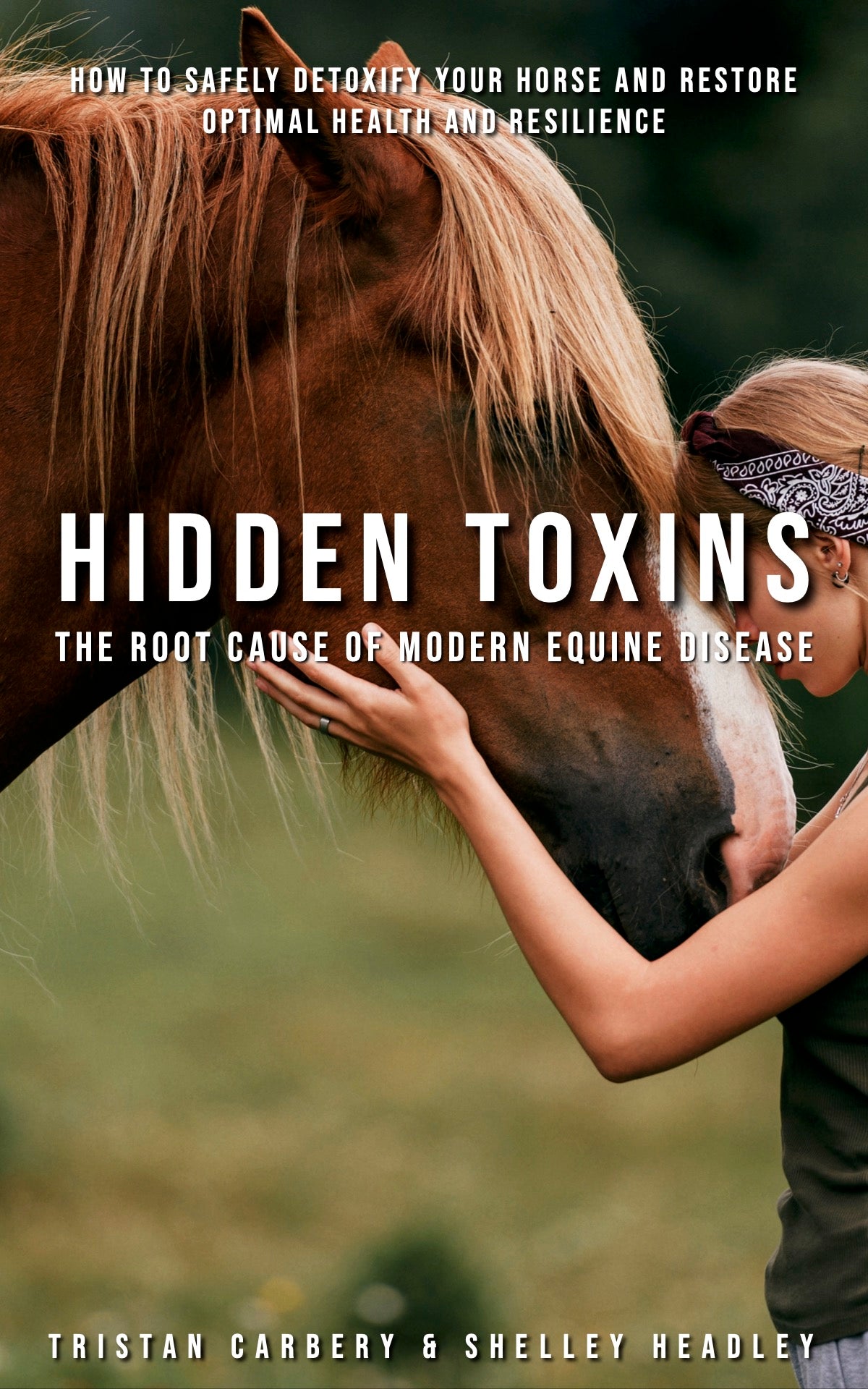
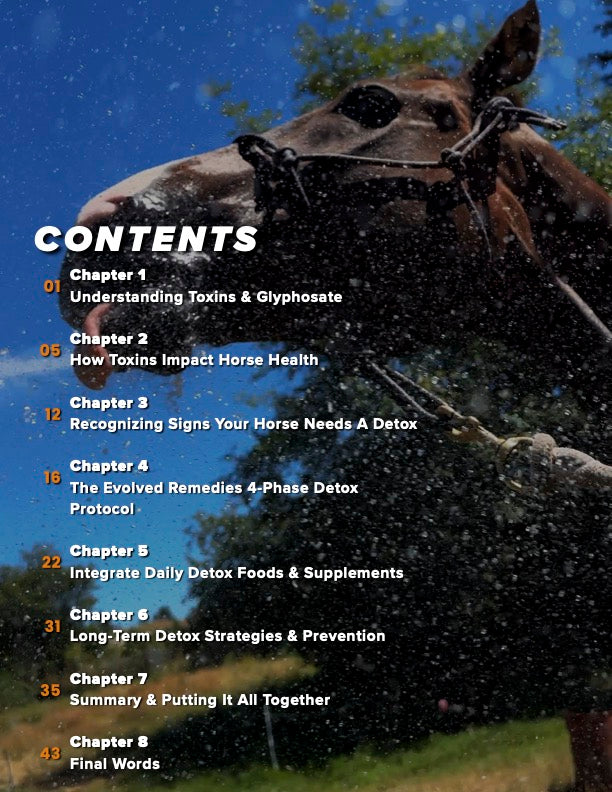
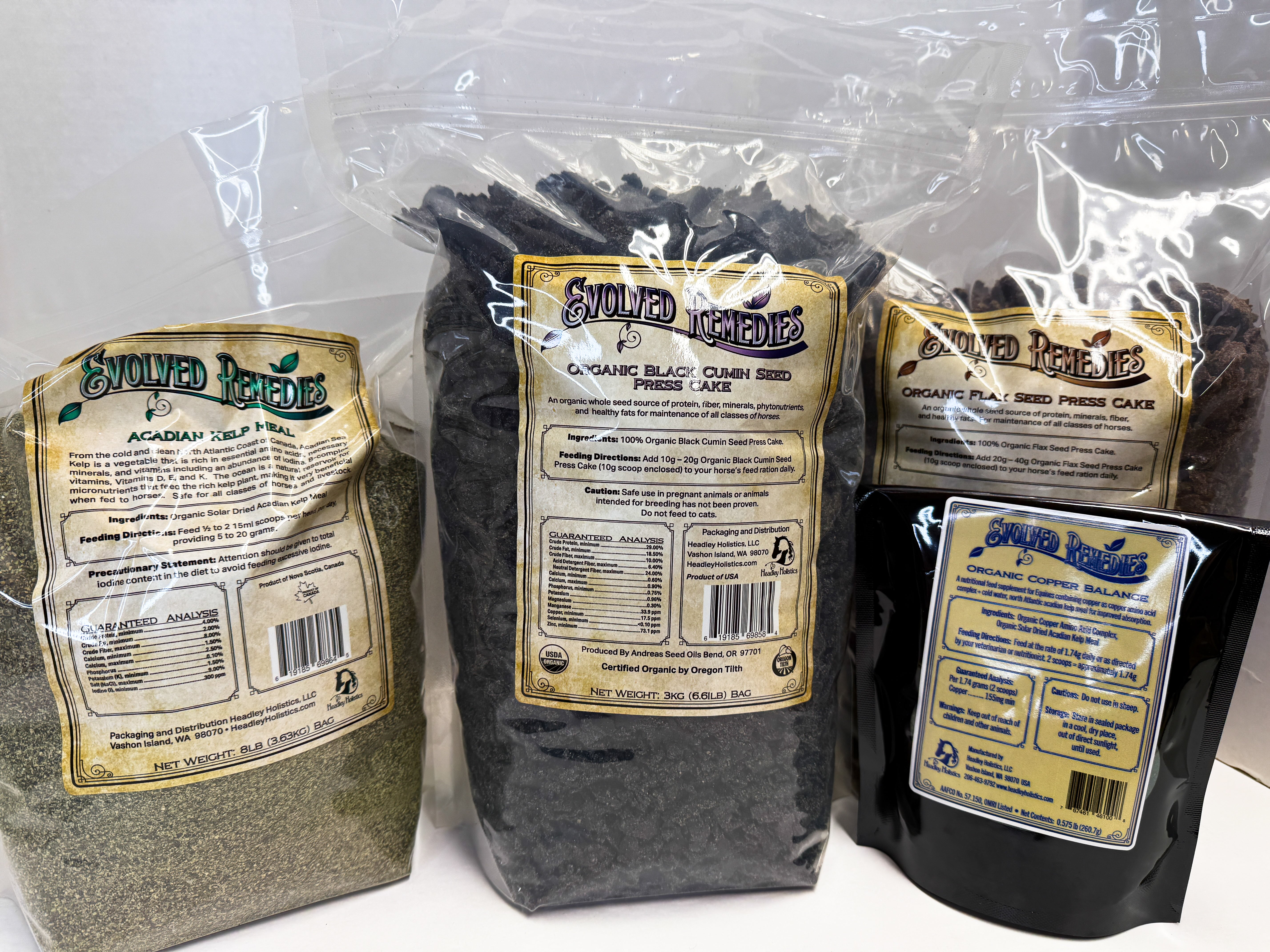

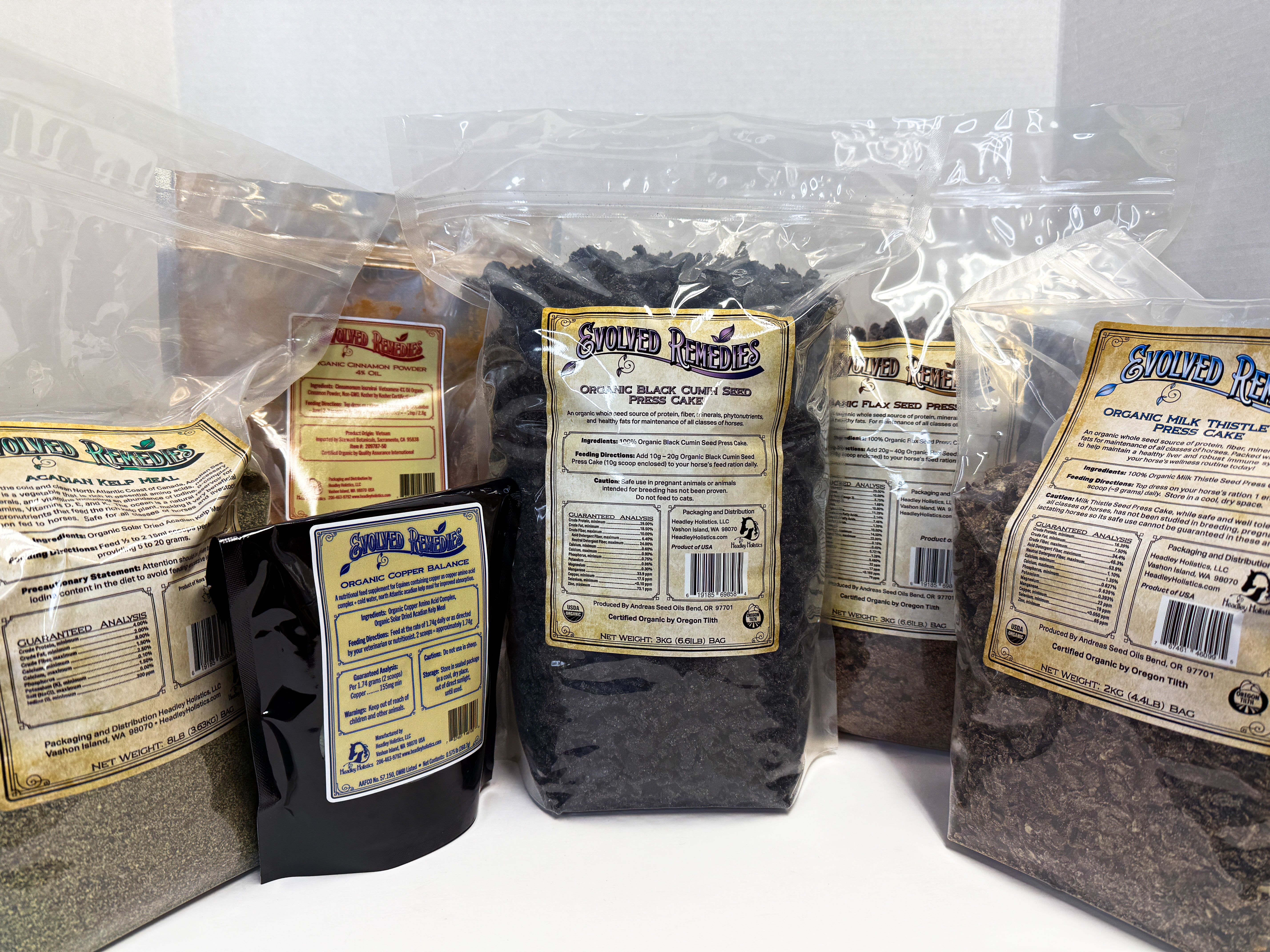
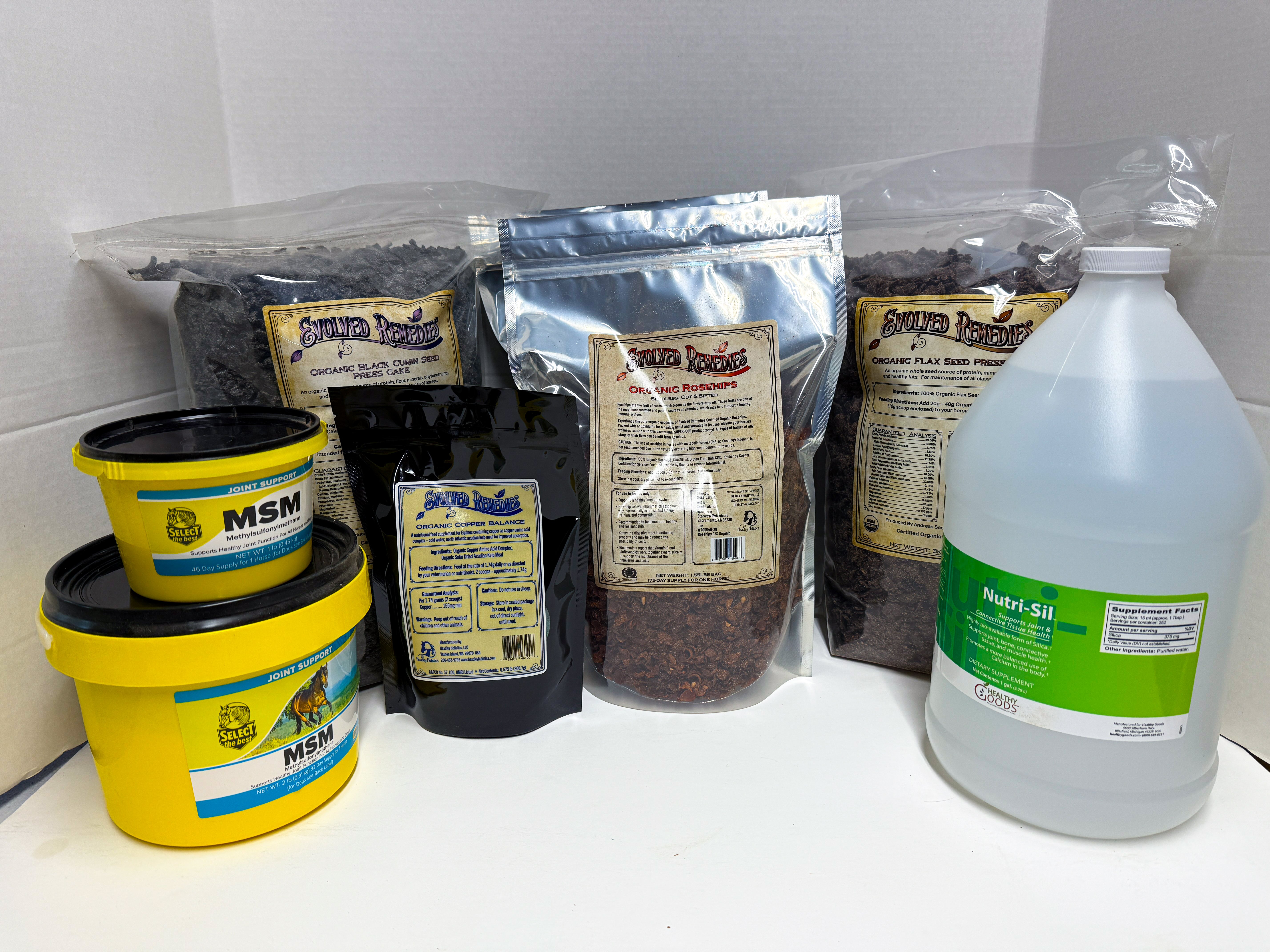
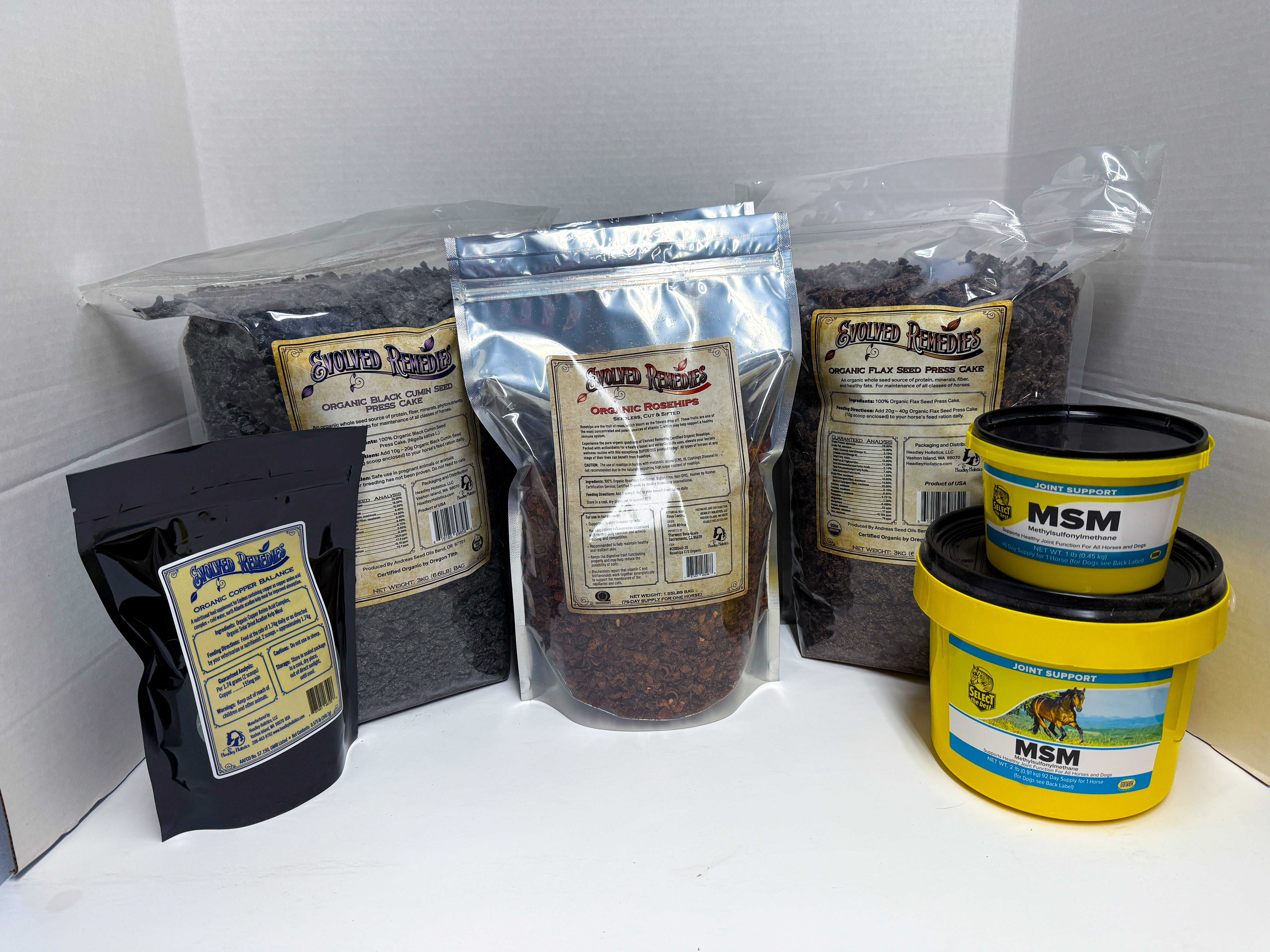
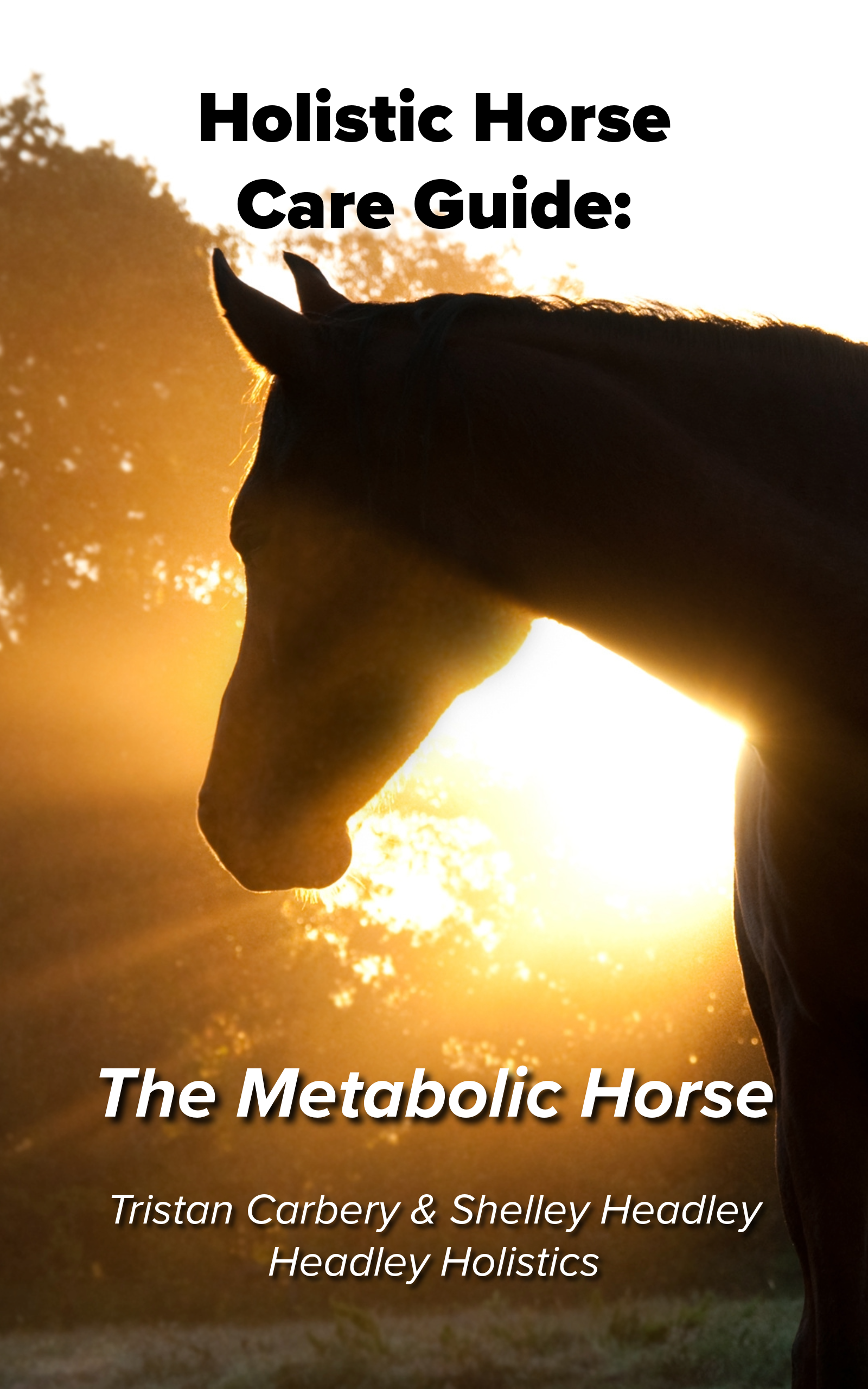

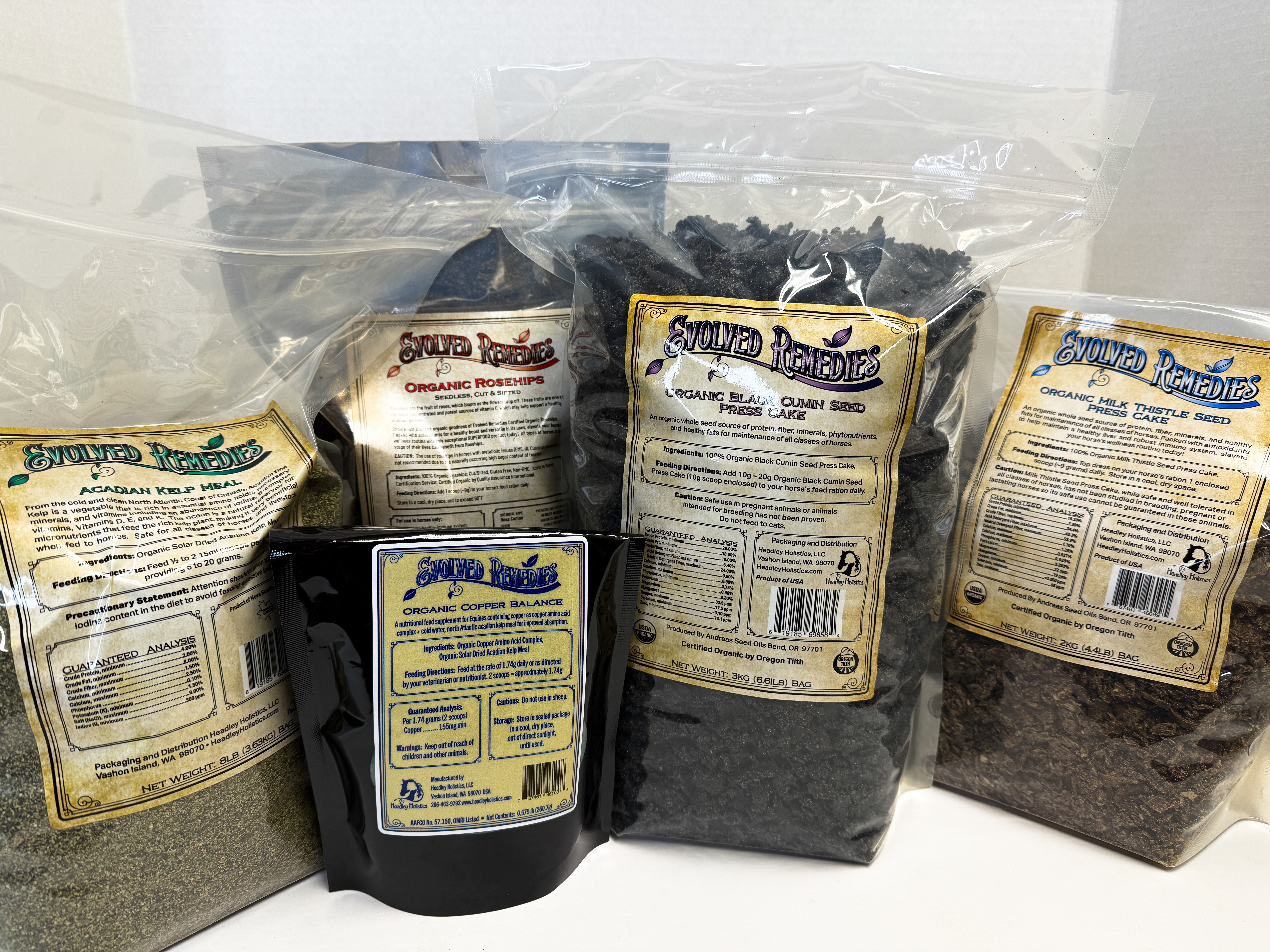
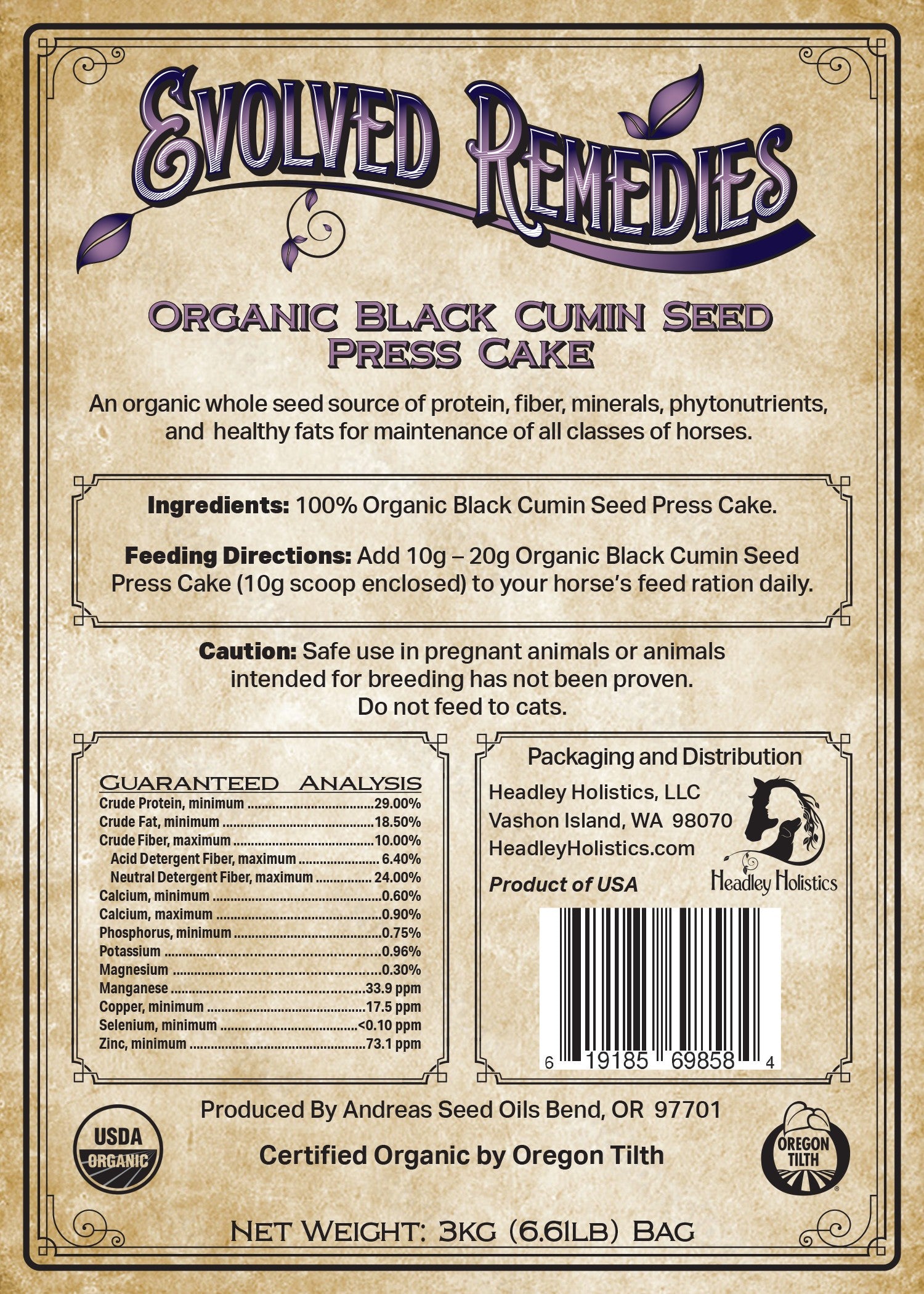
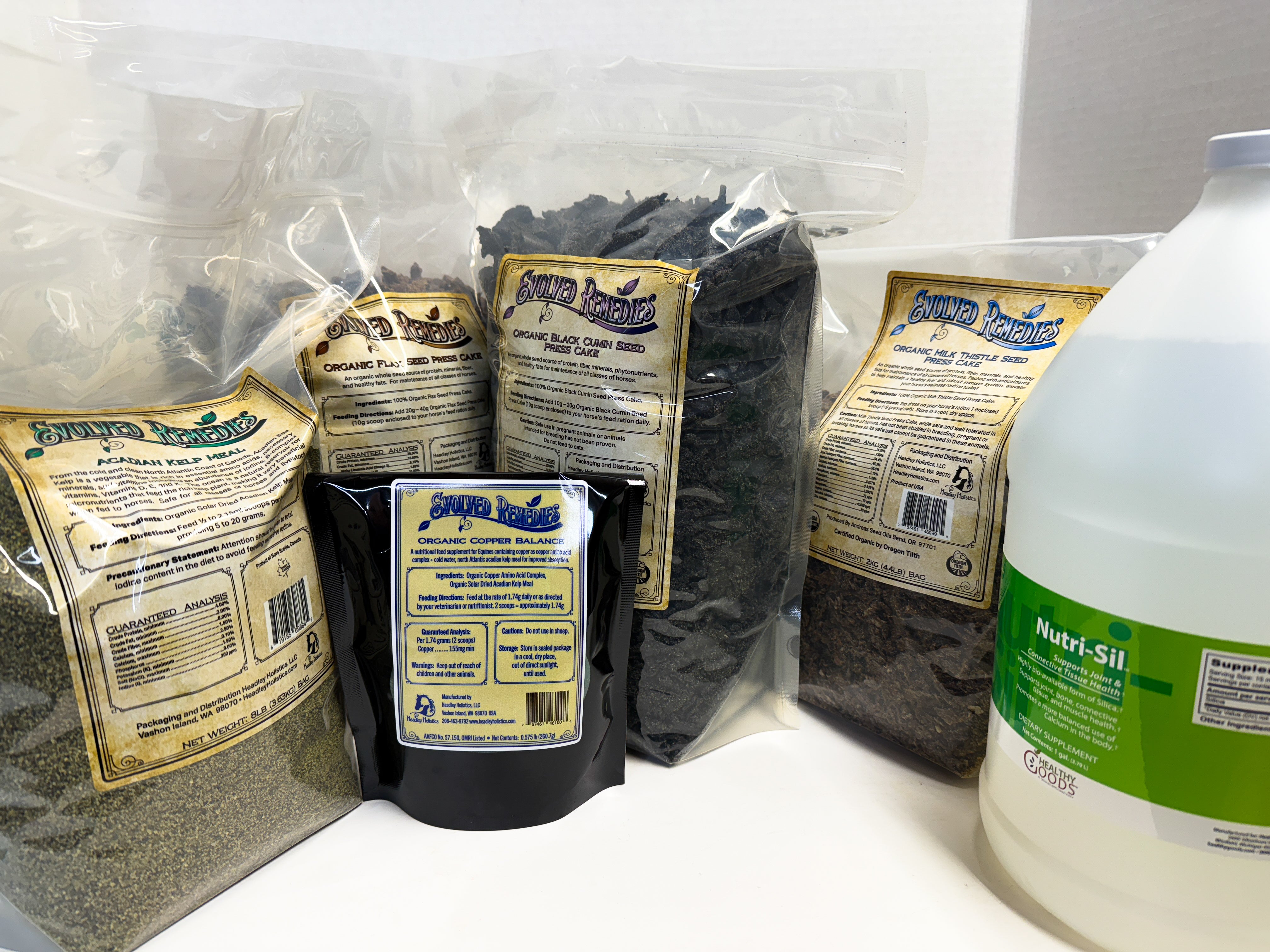
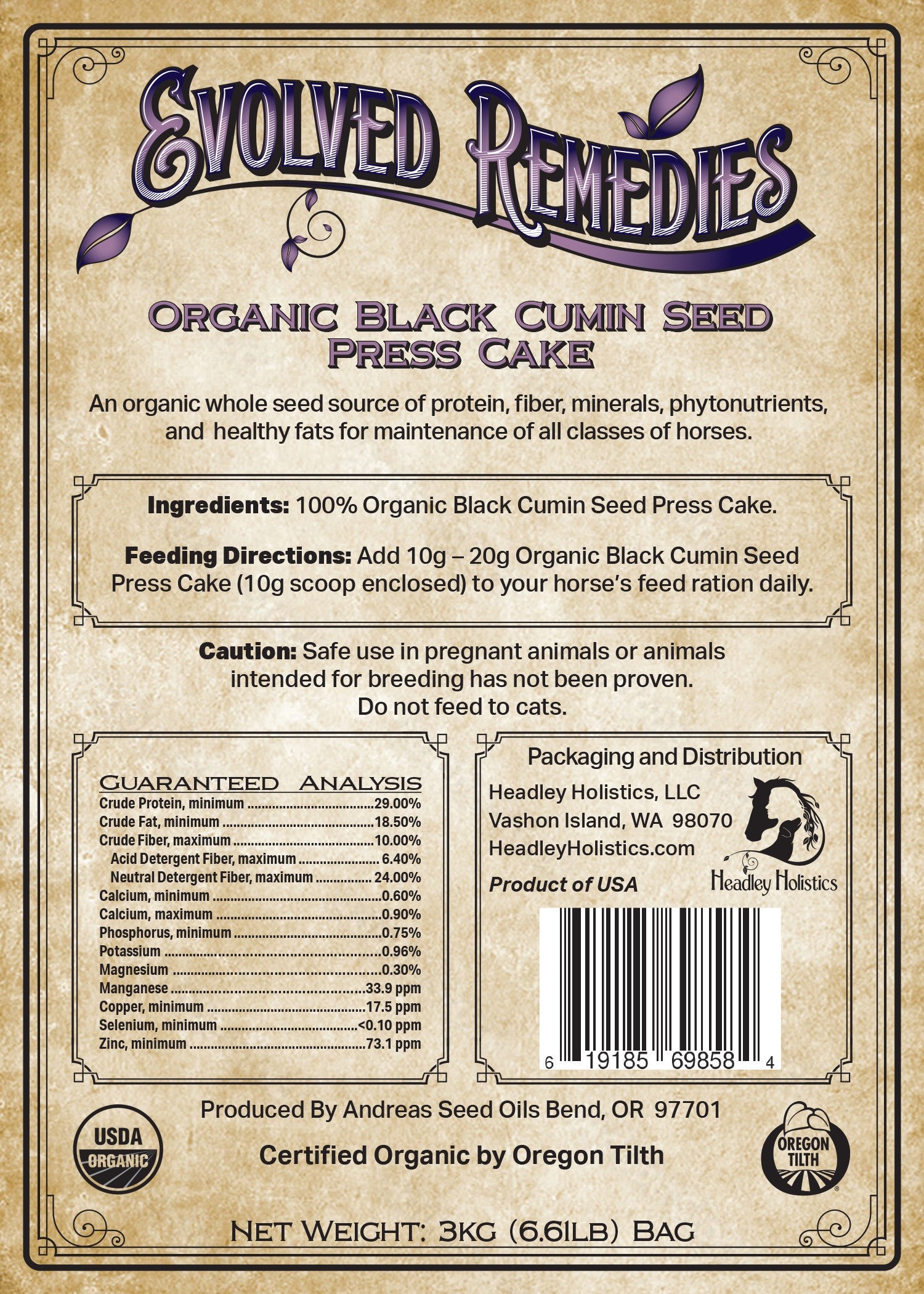

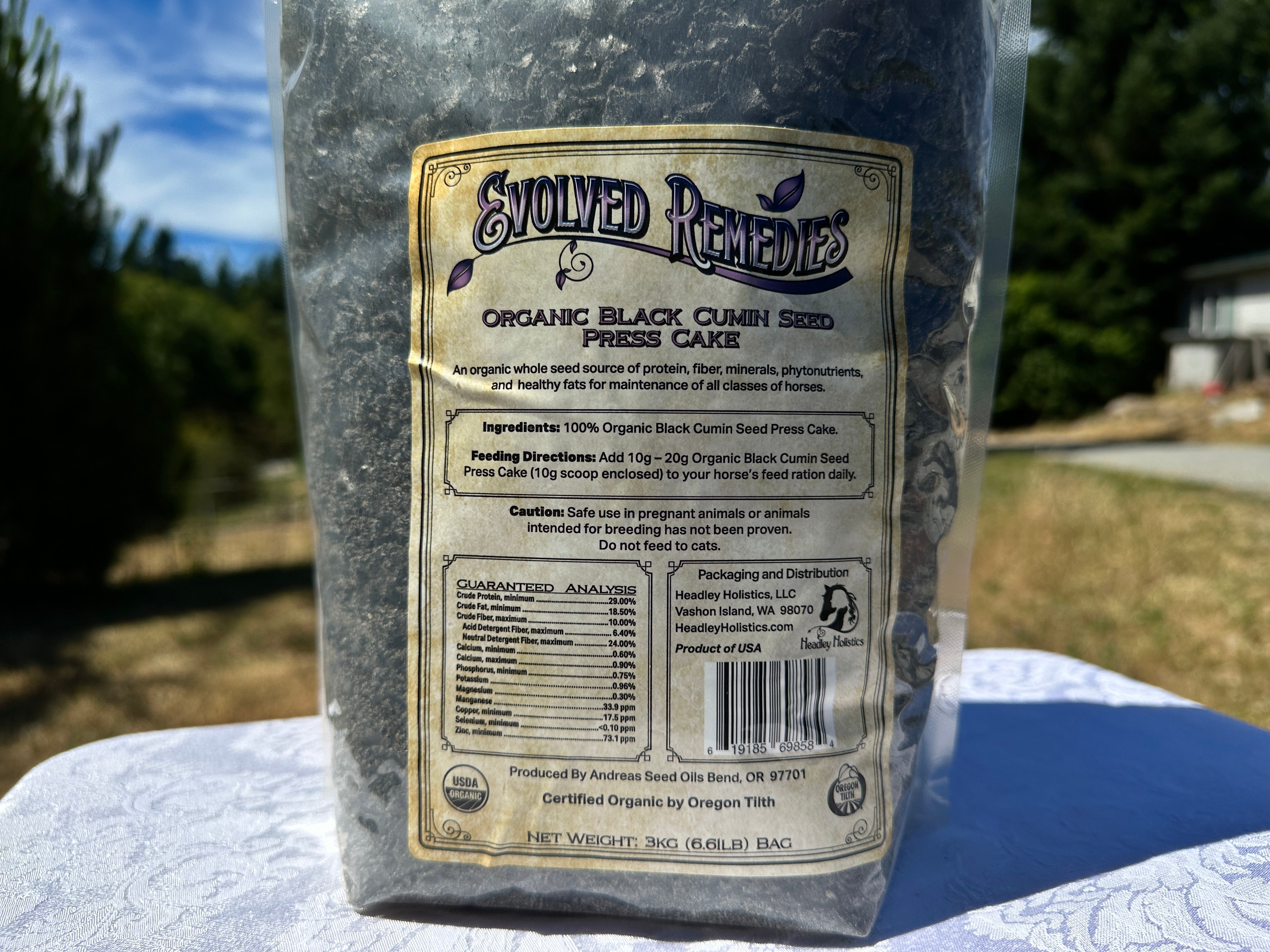
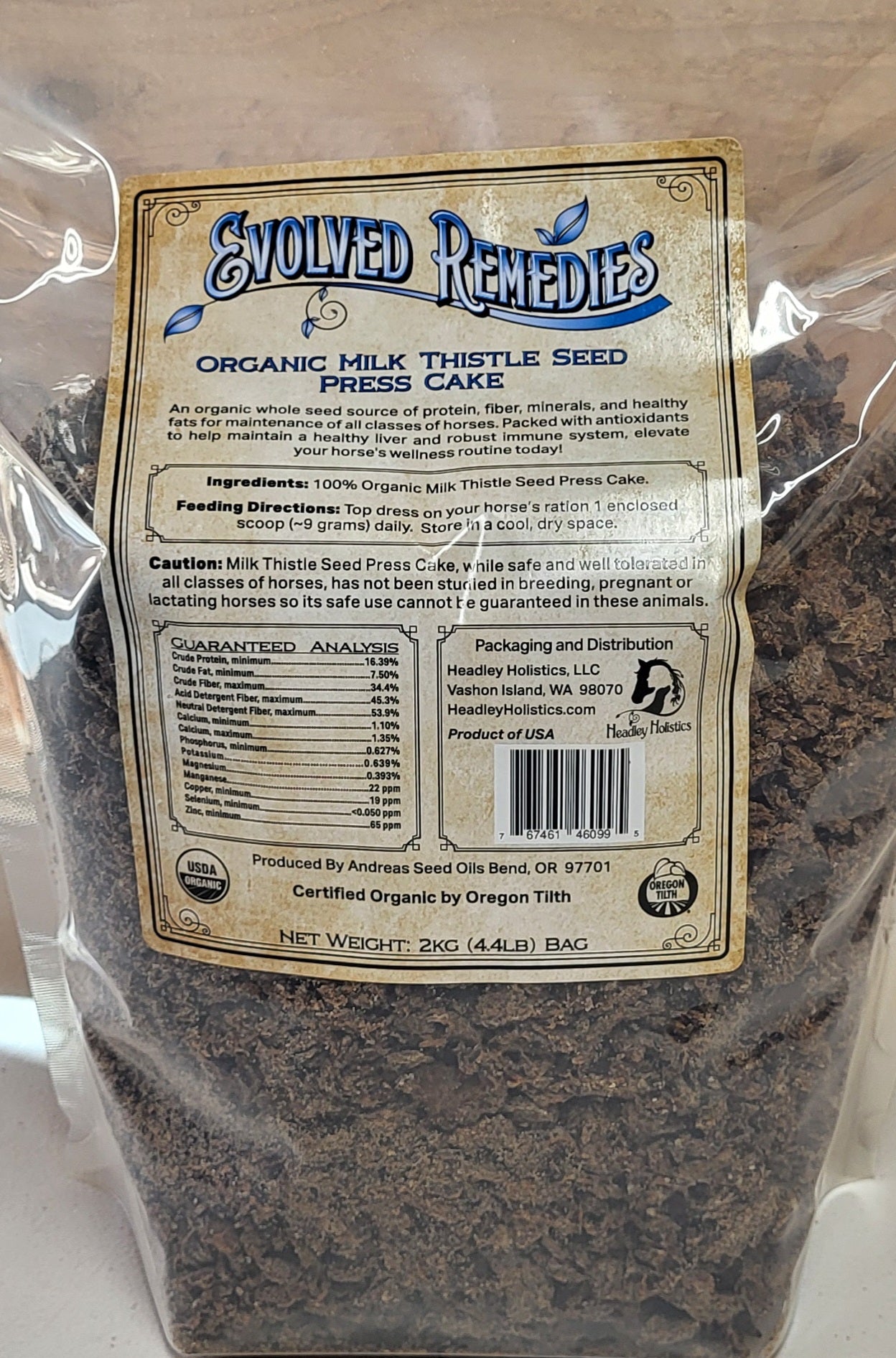
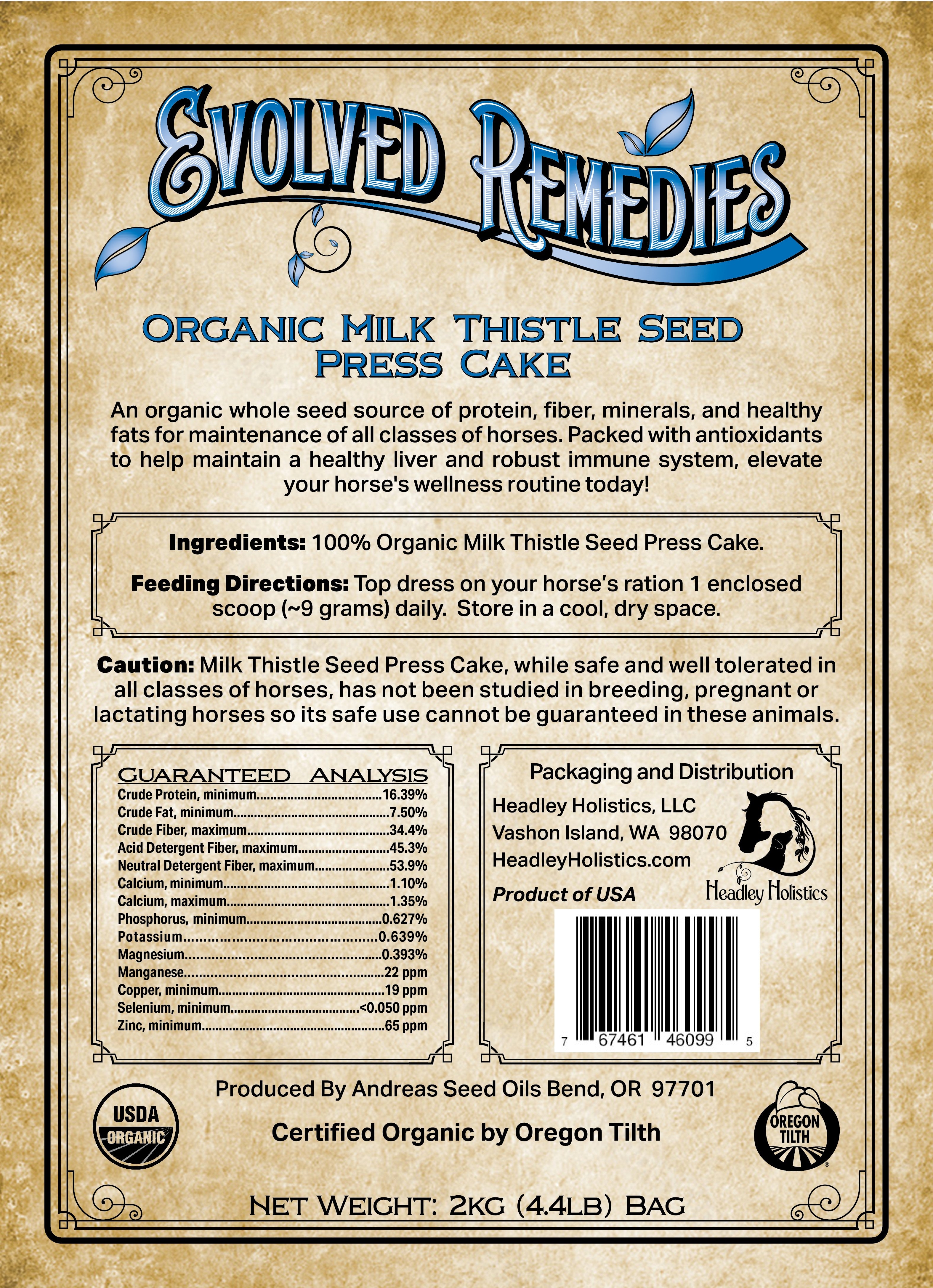
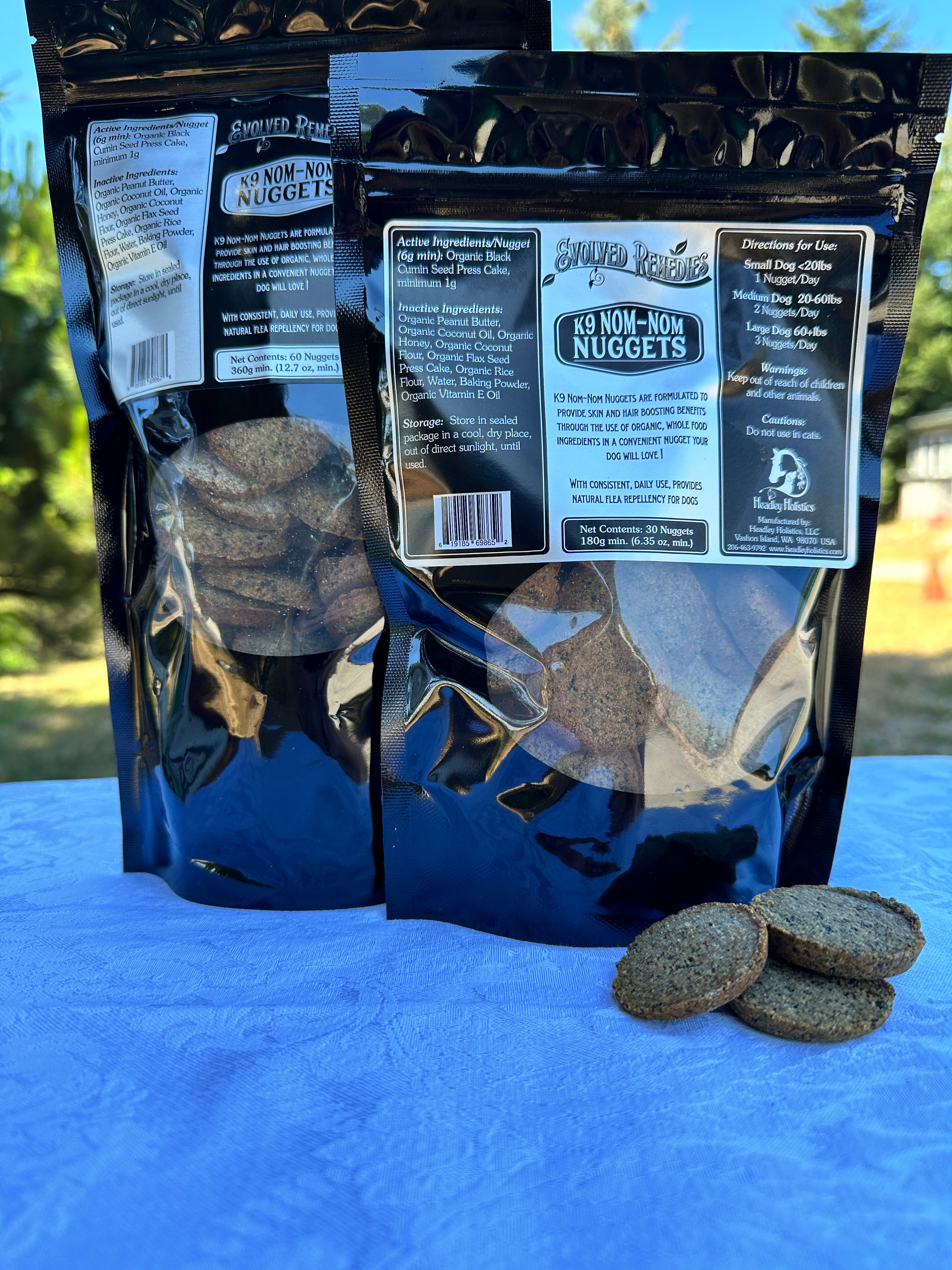
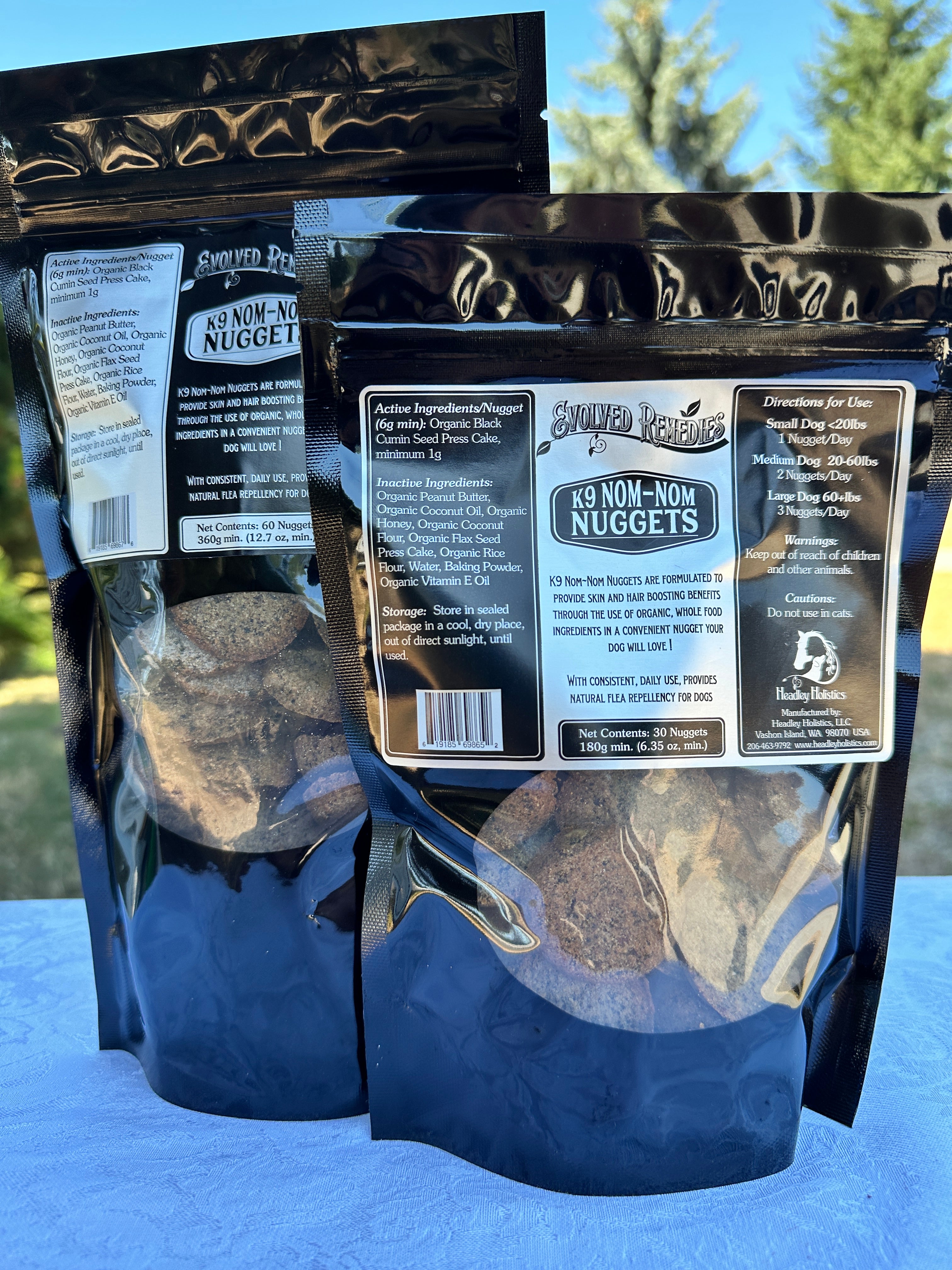
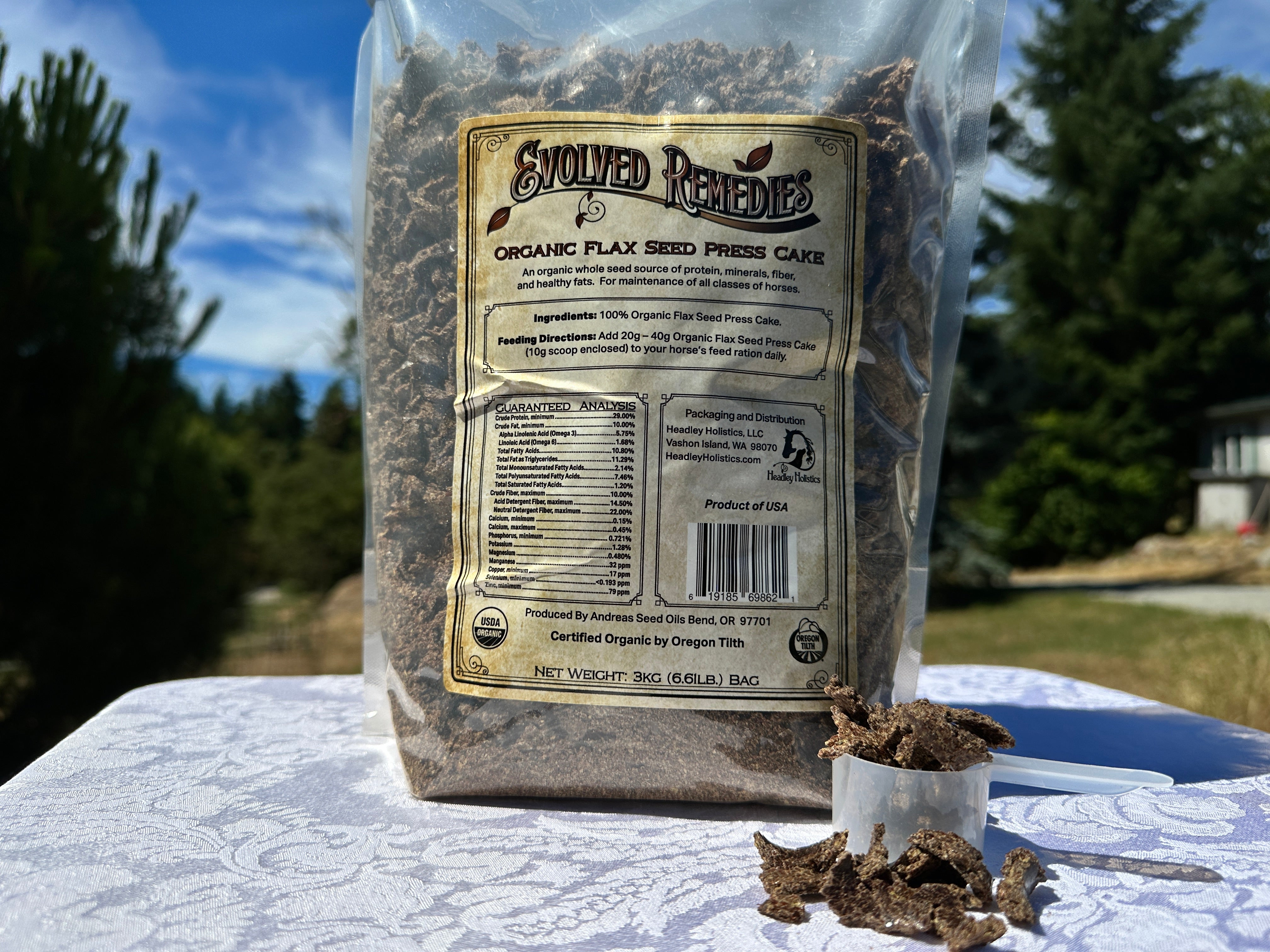
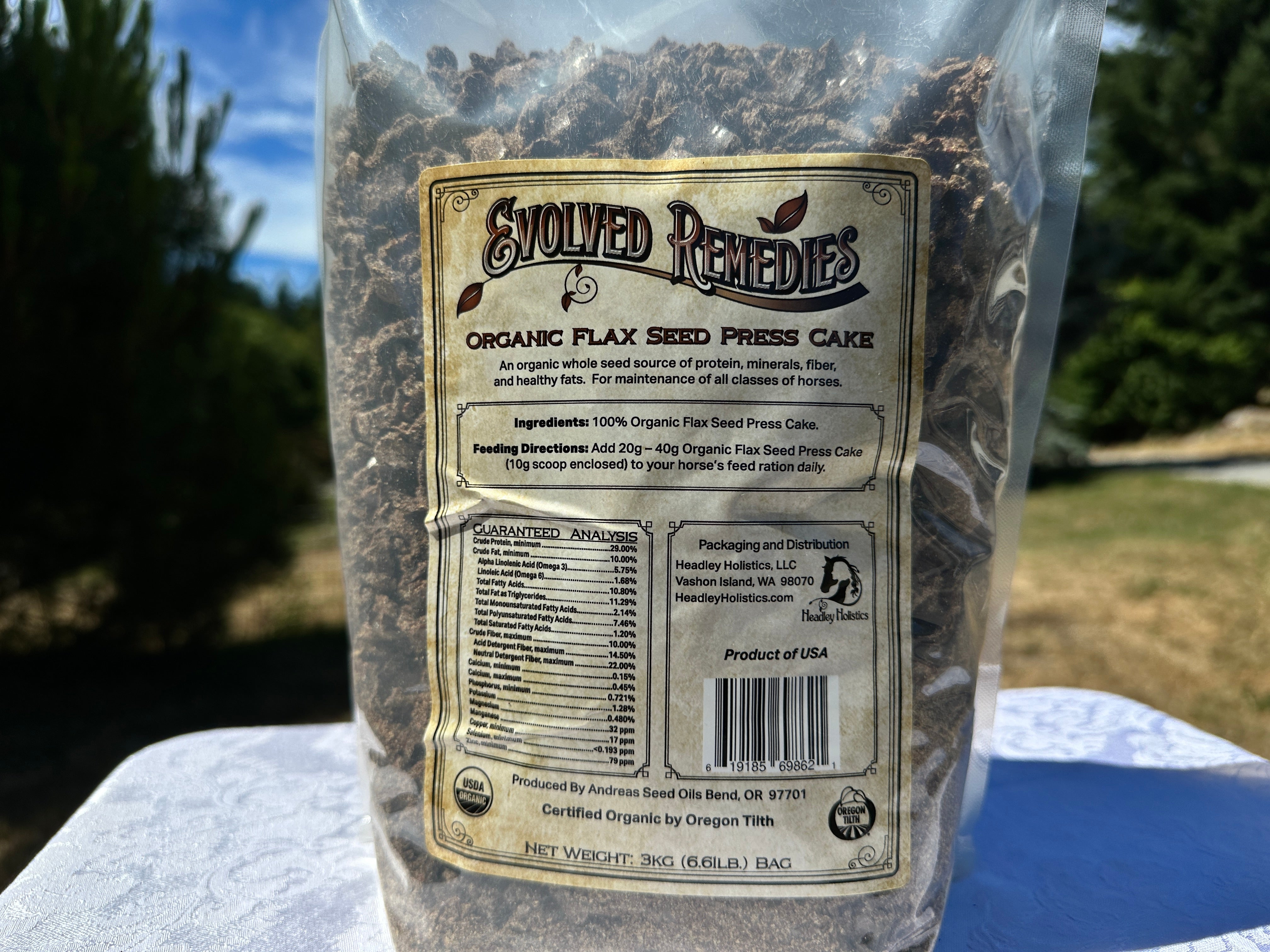
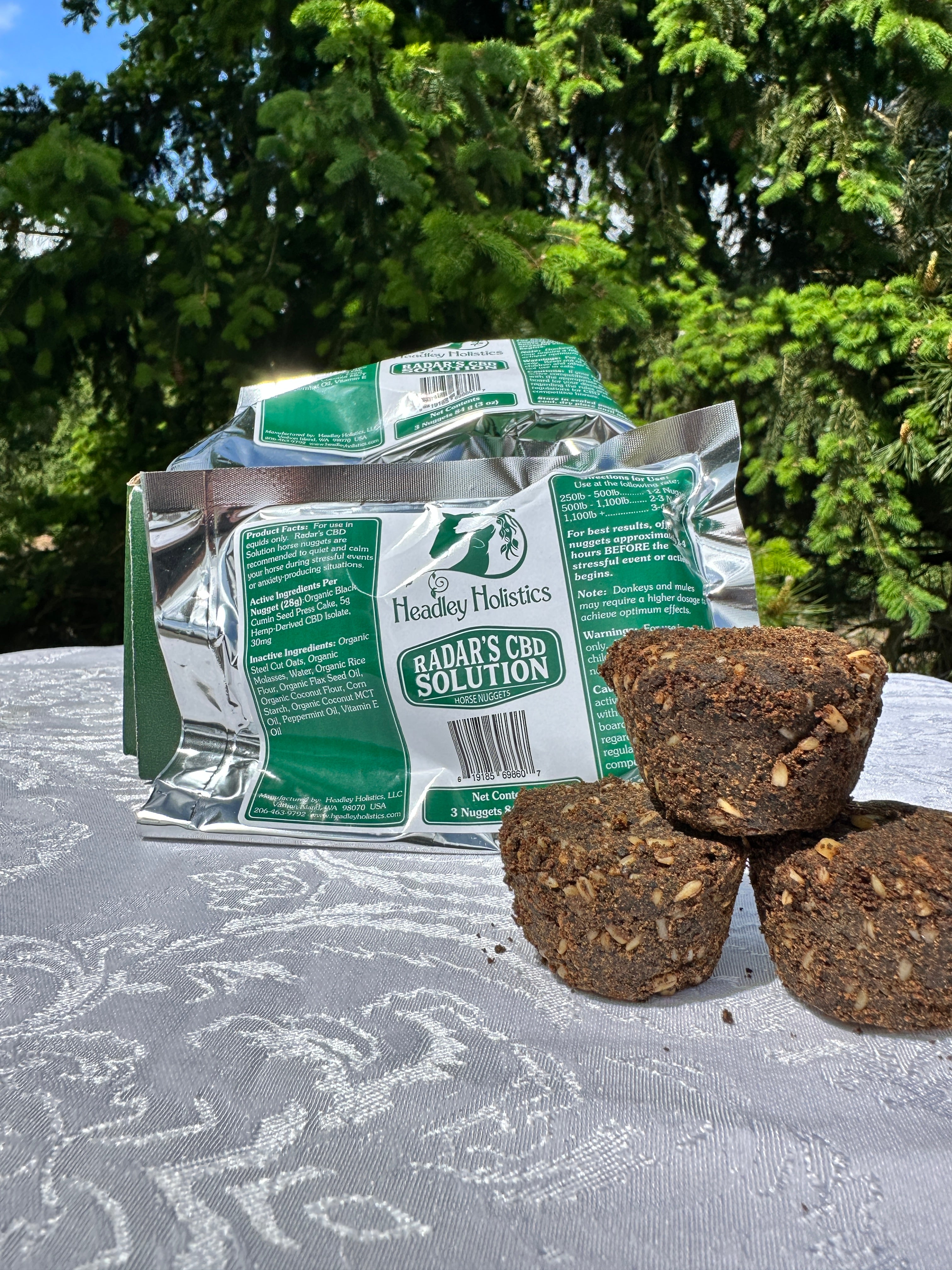
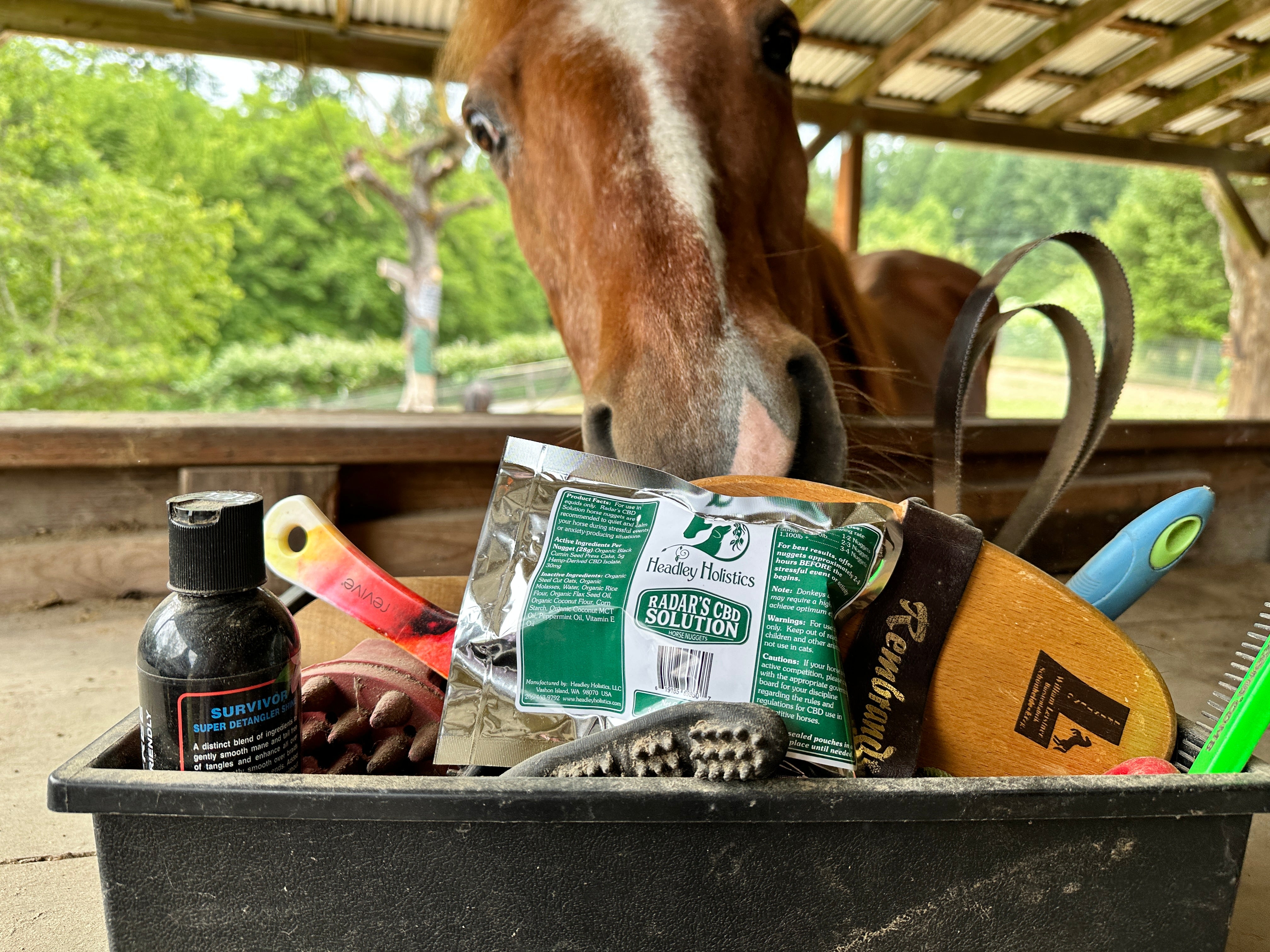

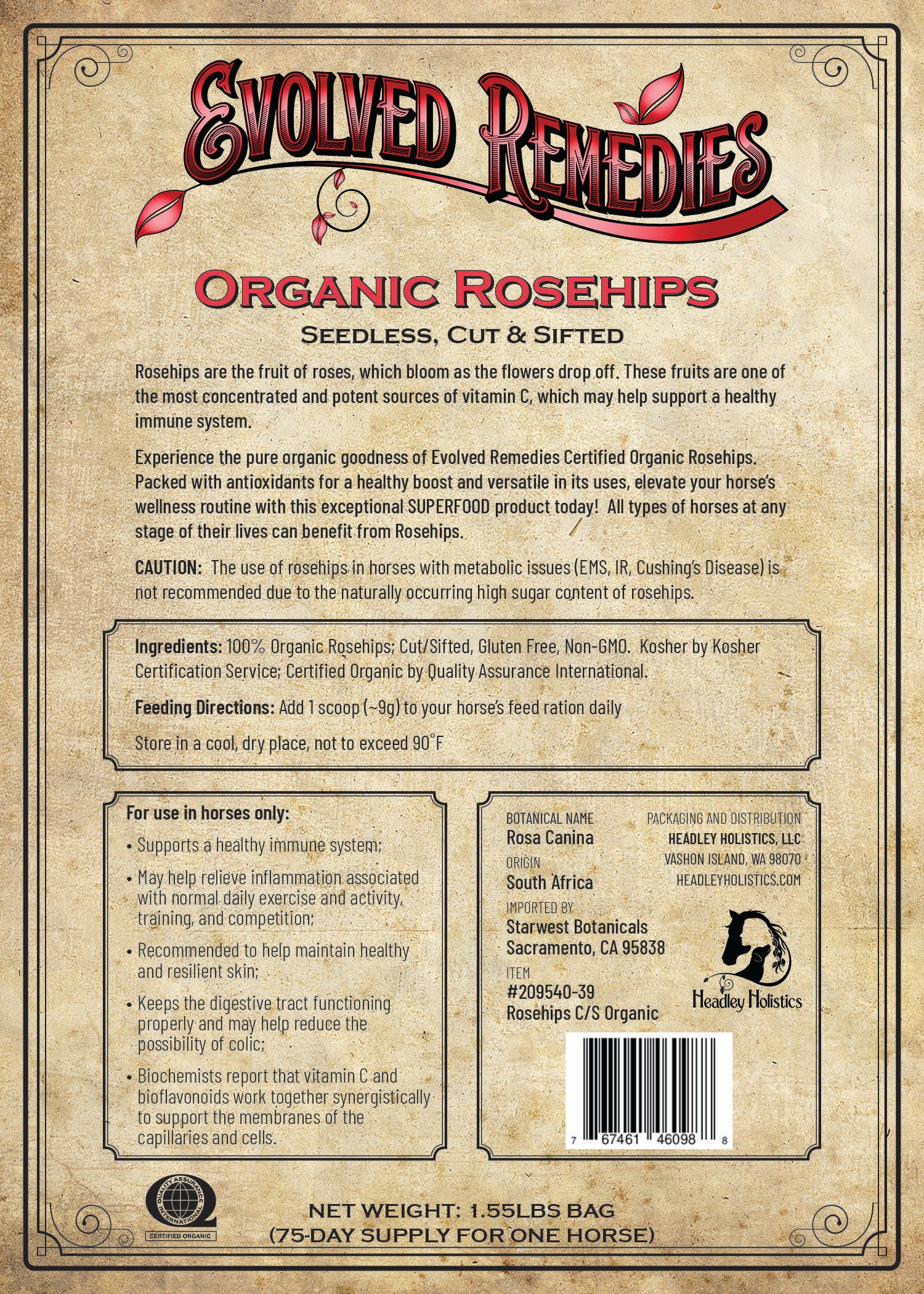

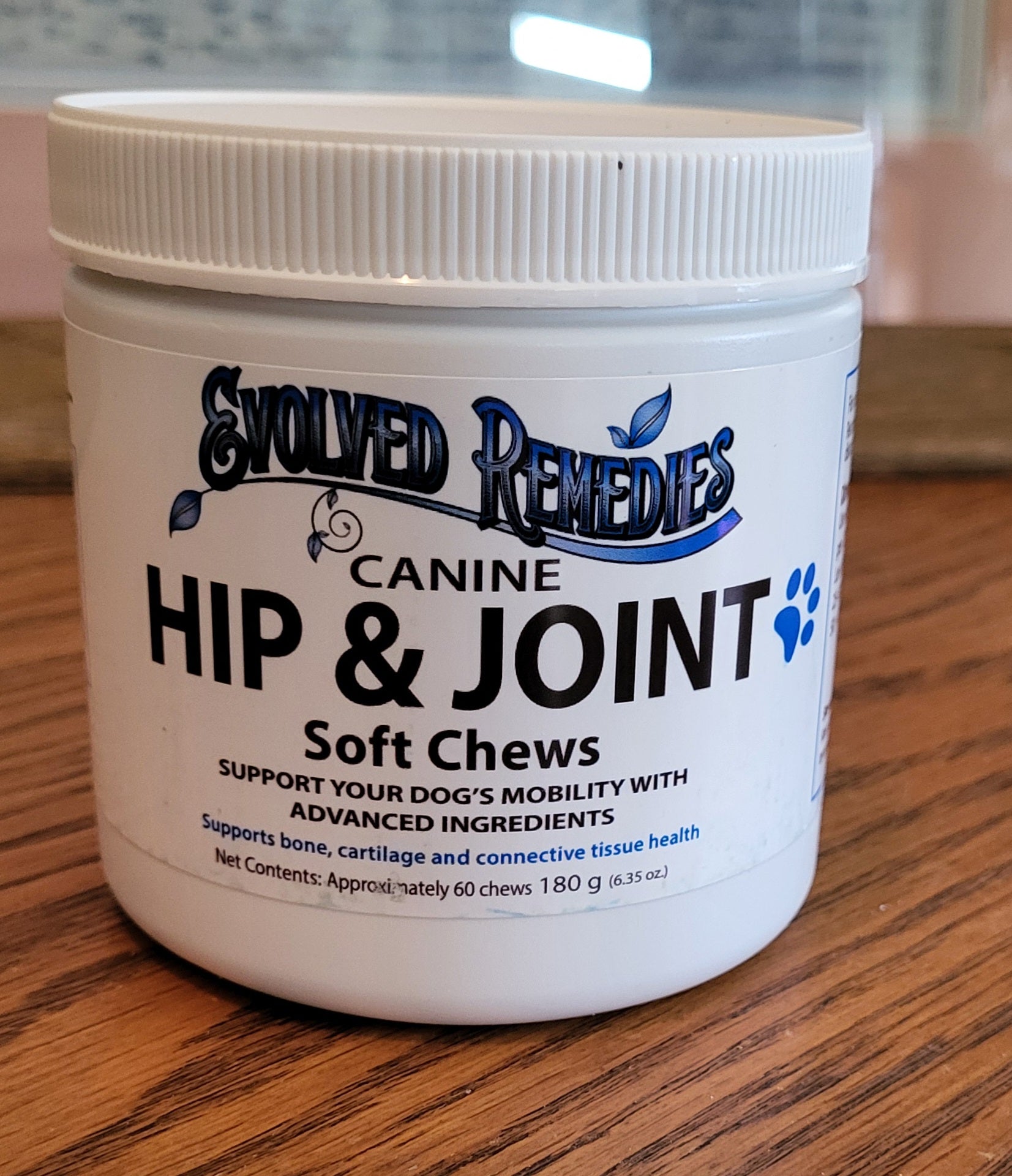
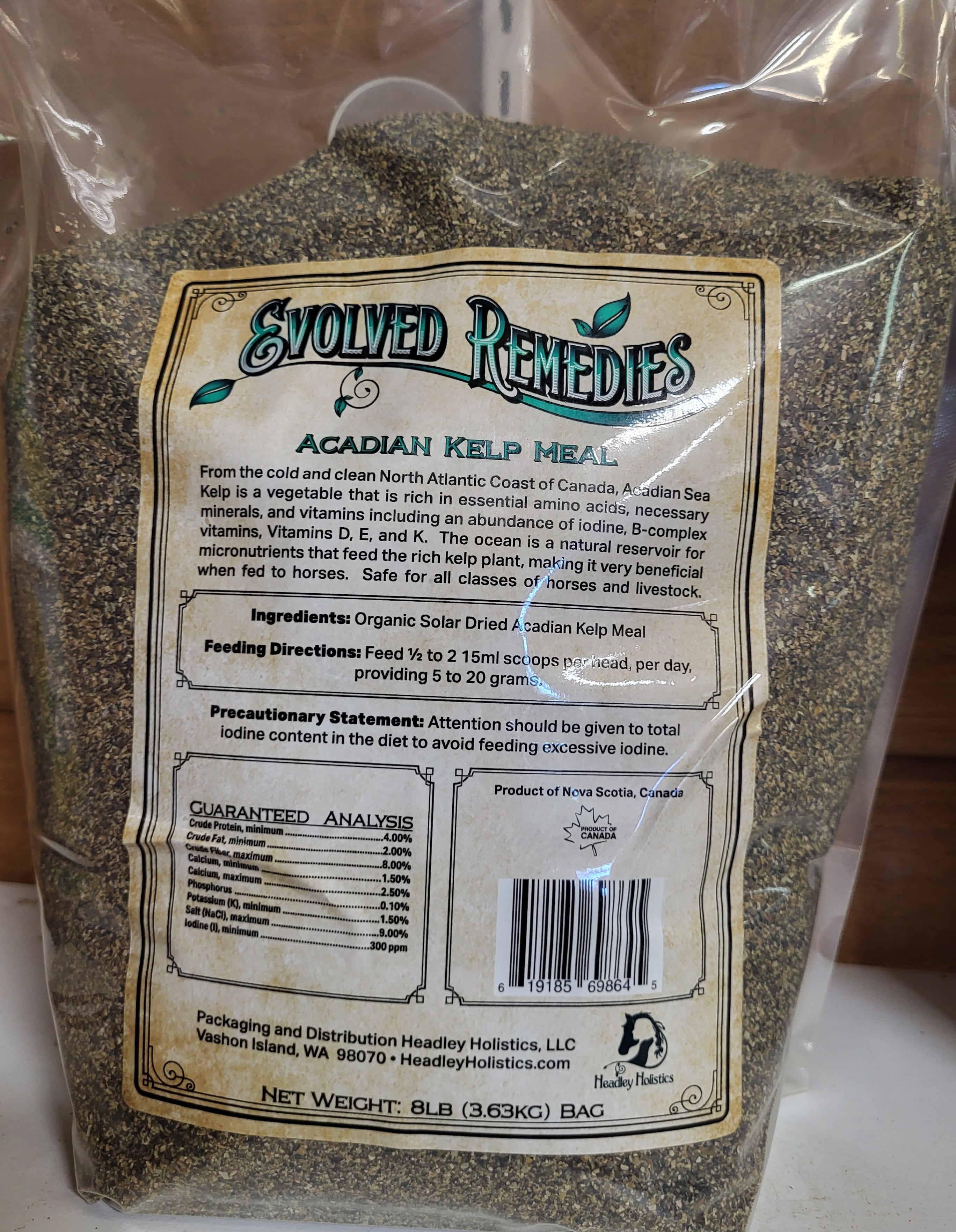


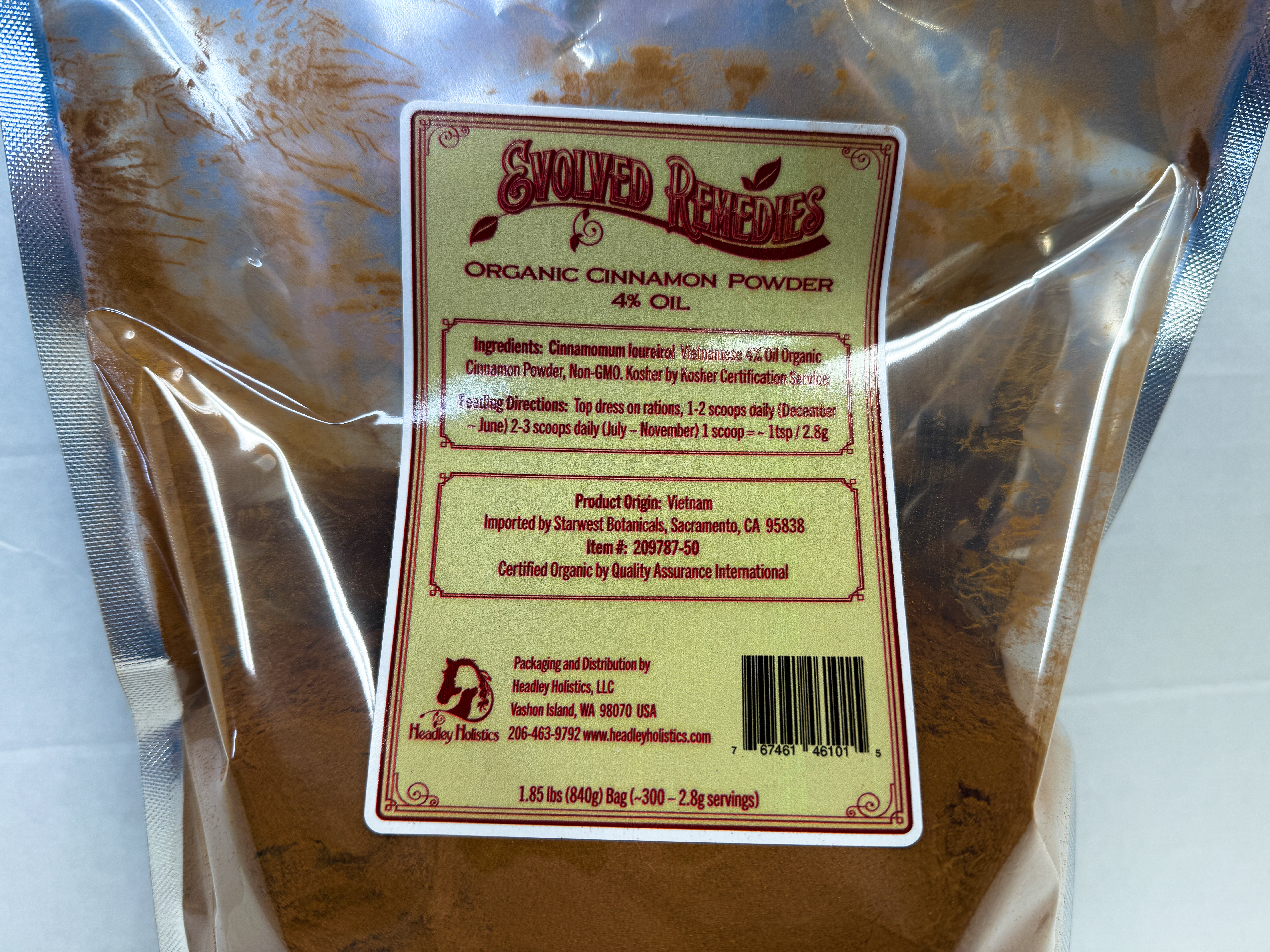

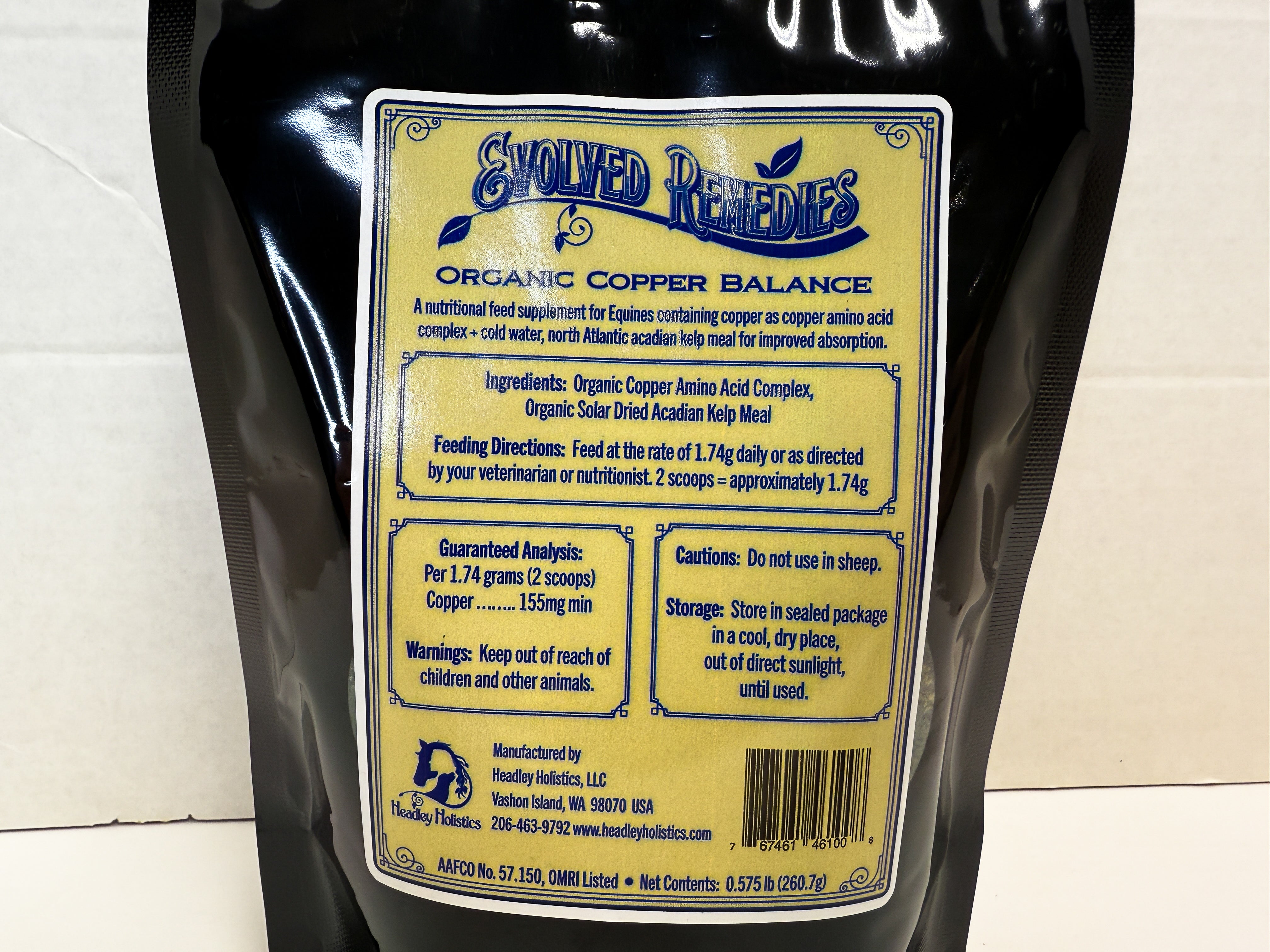
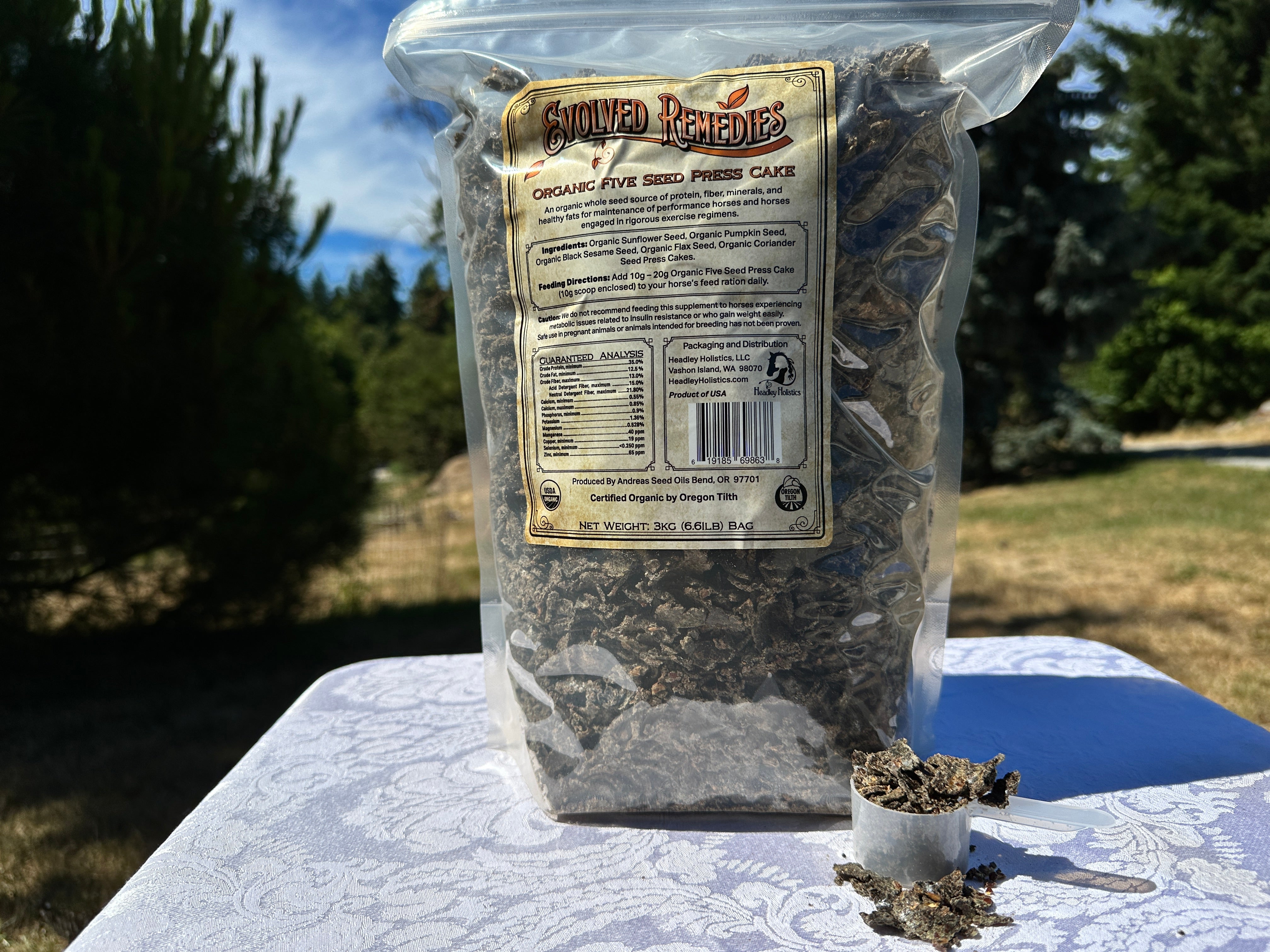
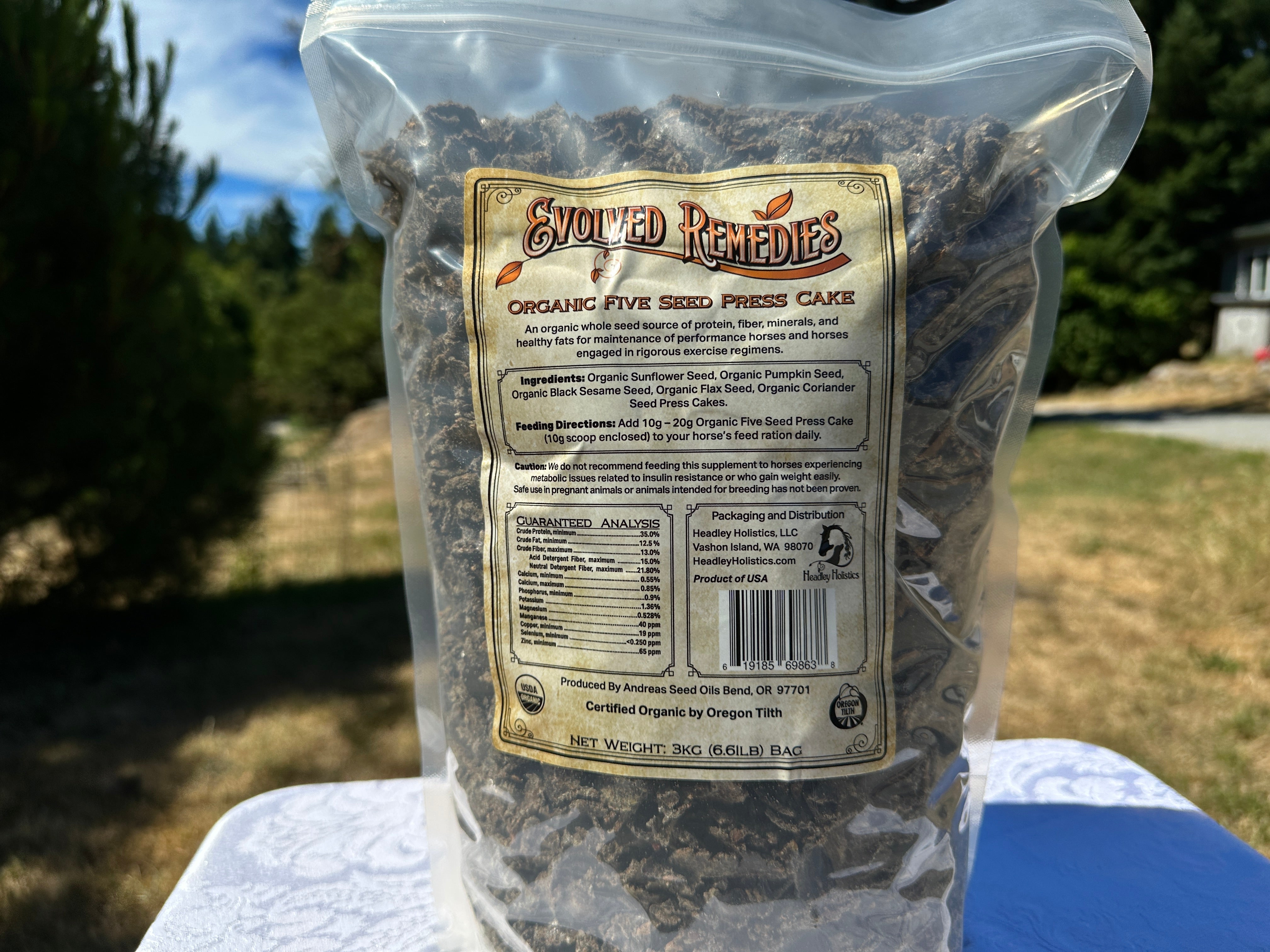
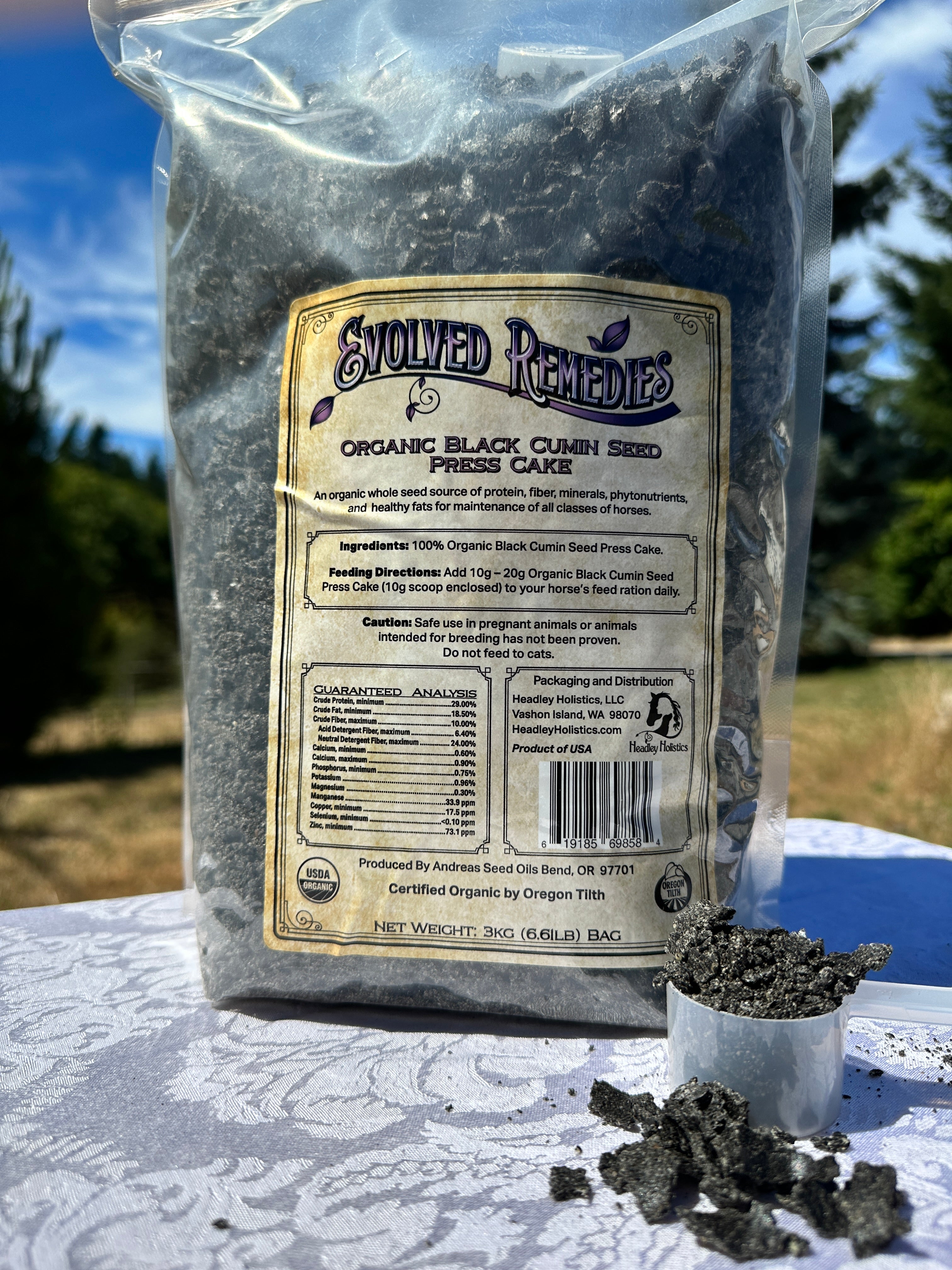
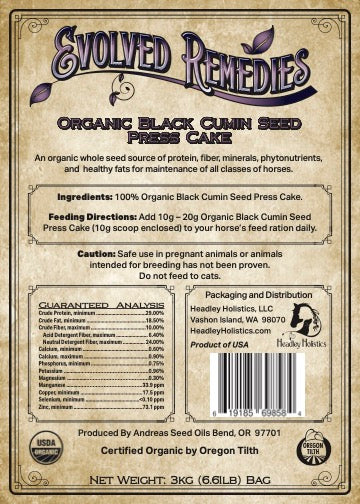
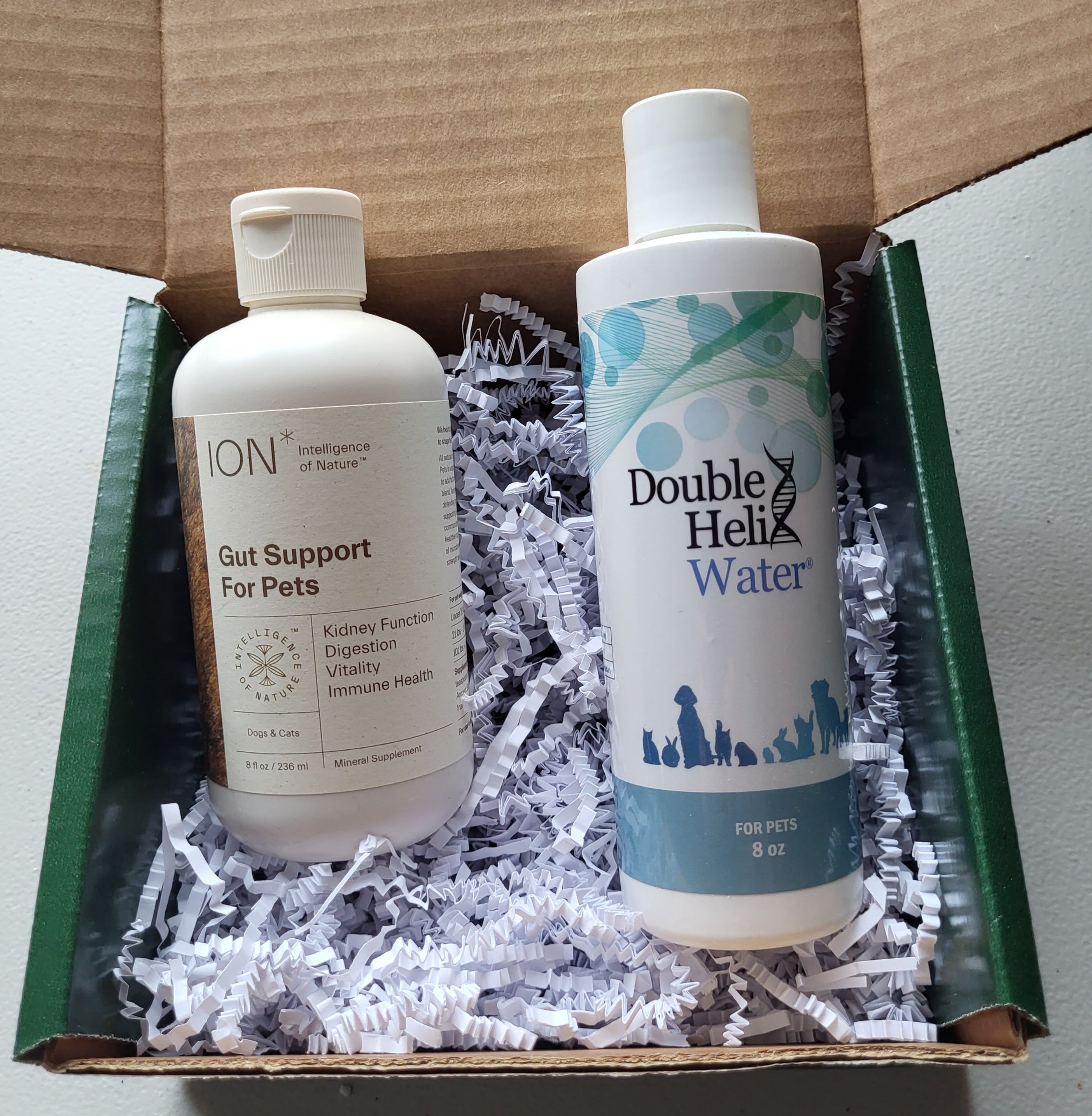
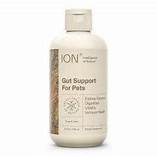
Leave a comment
This site is protected by hCaptcha and the hCaptcha Privacy Policy and Terms of Service apply.